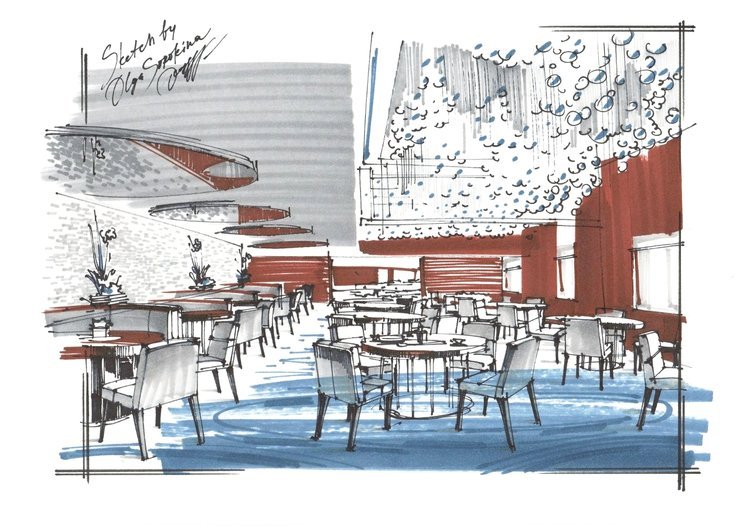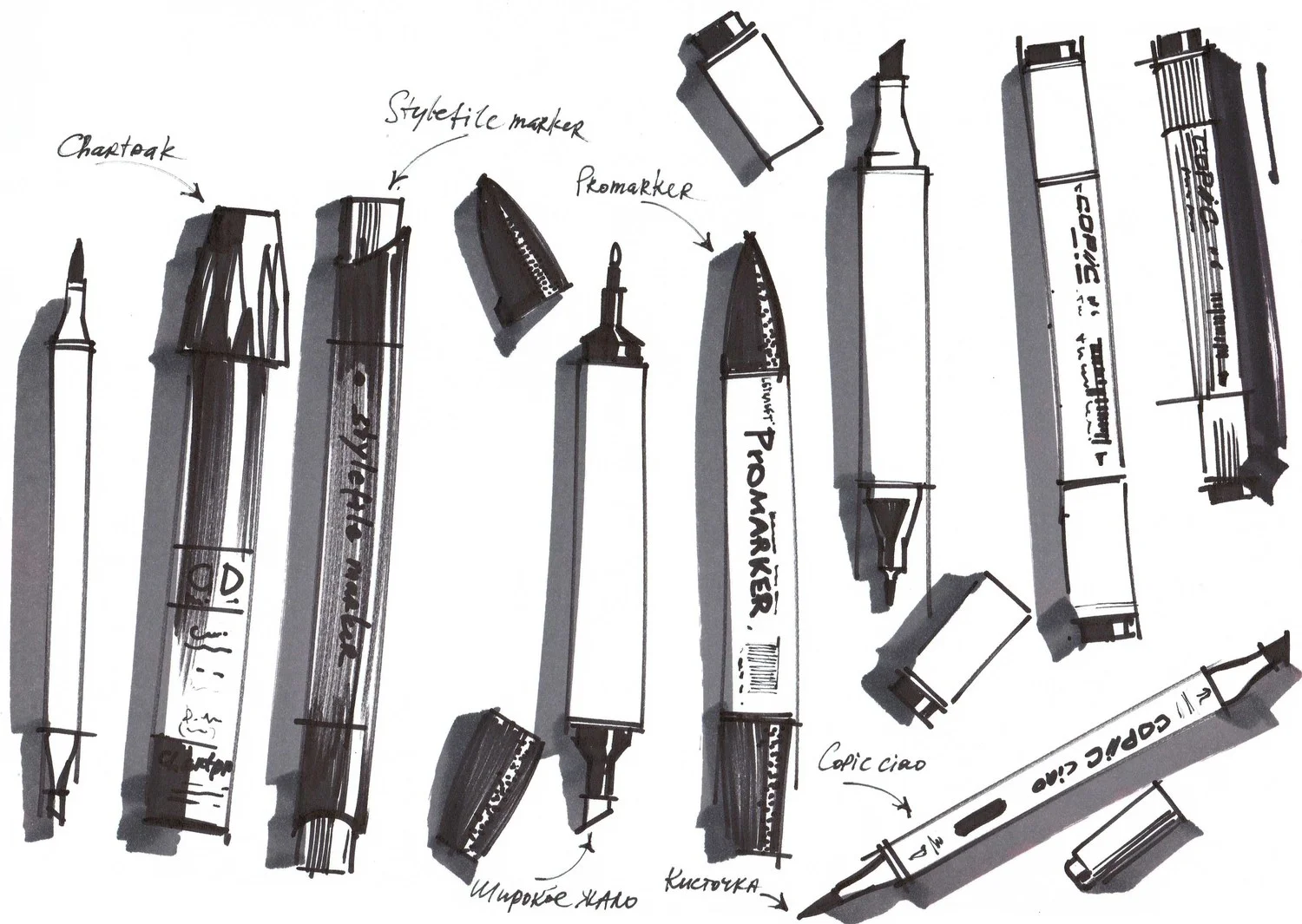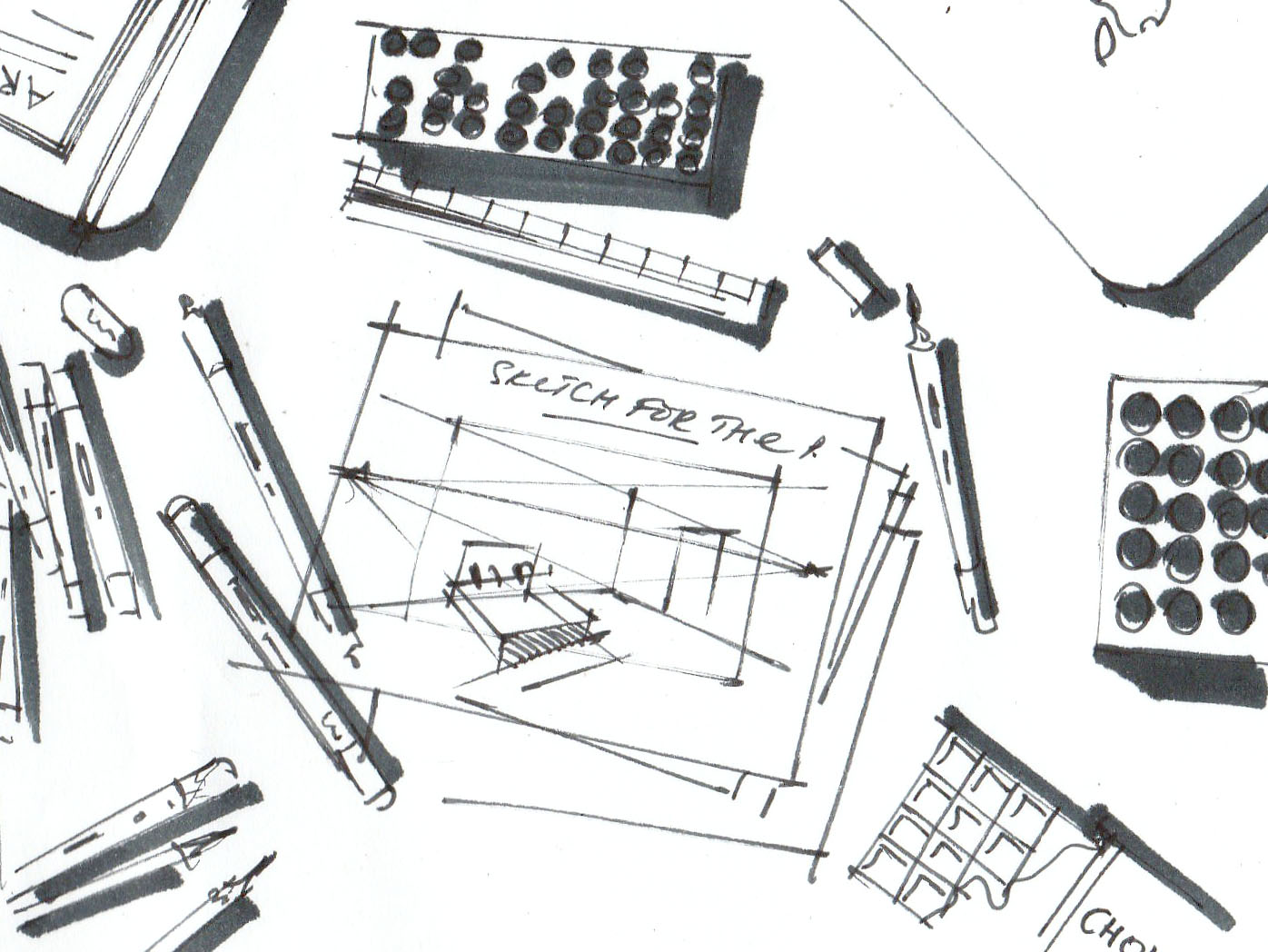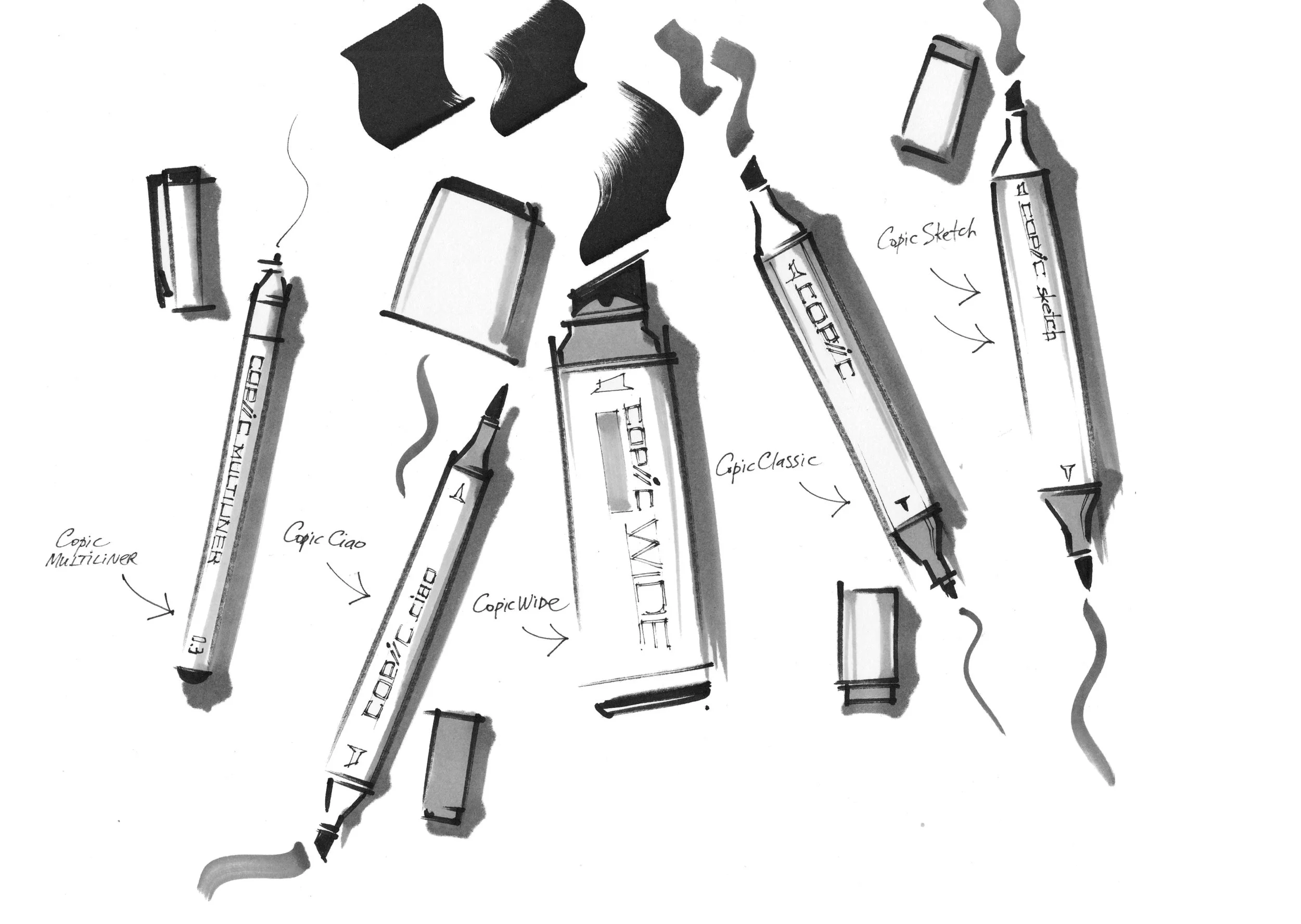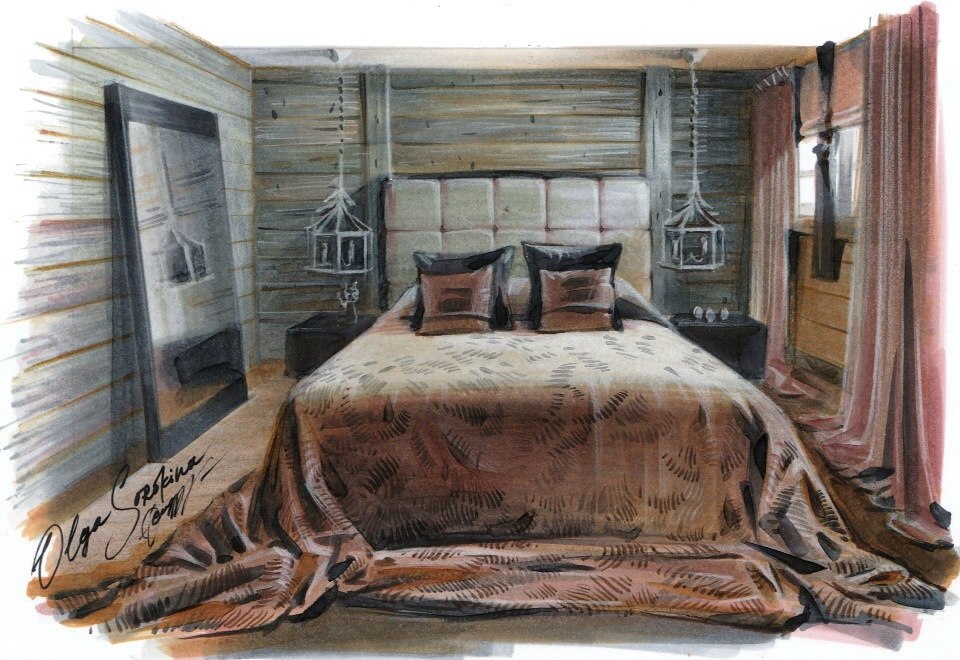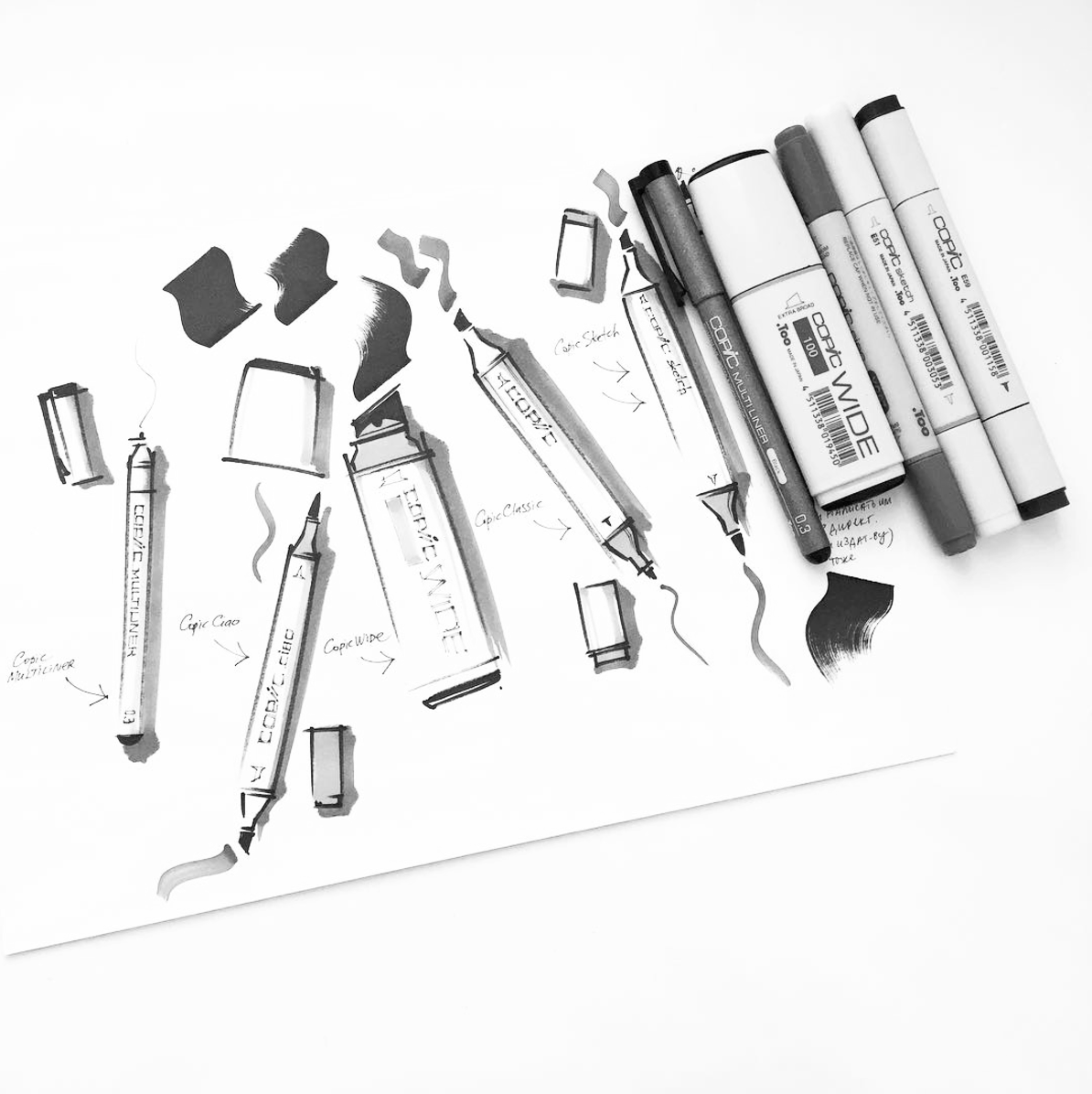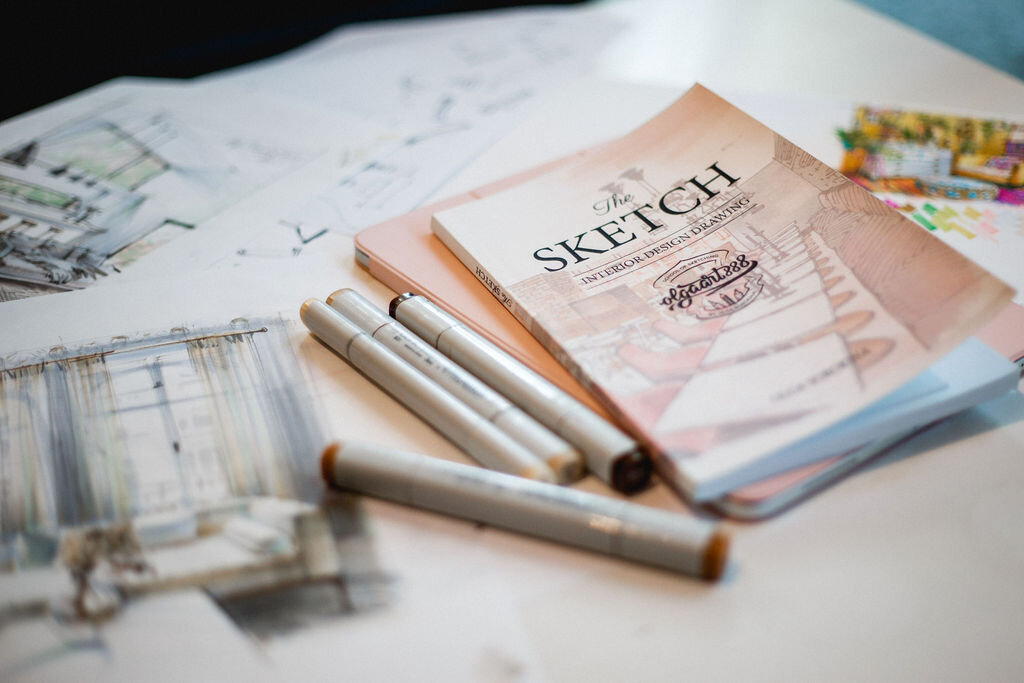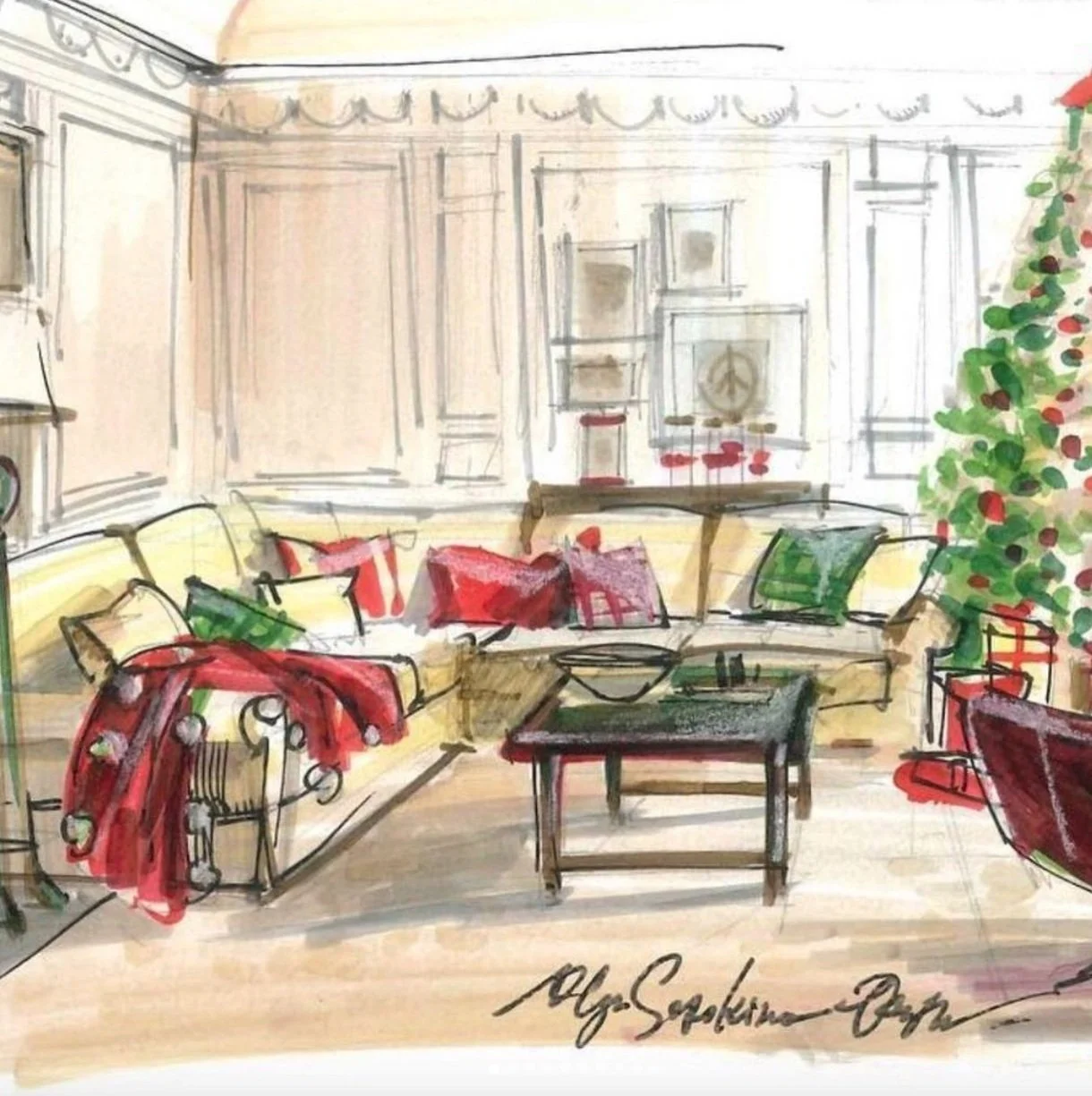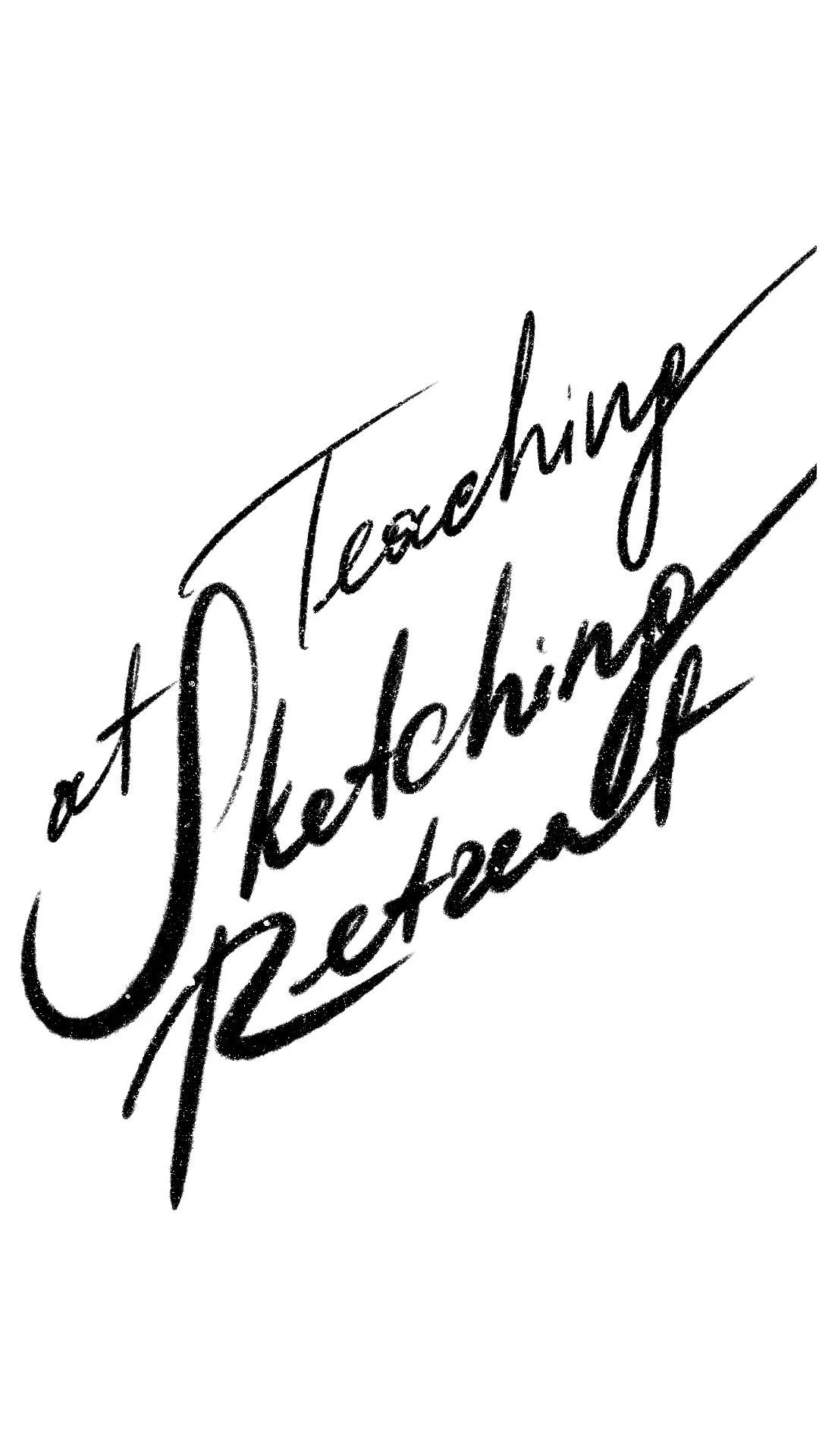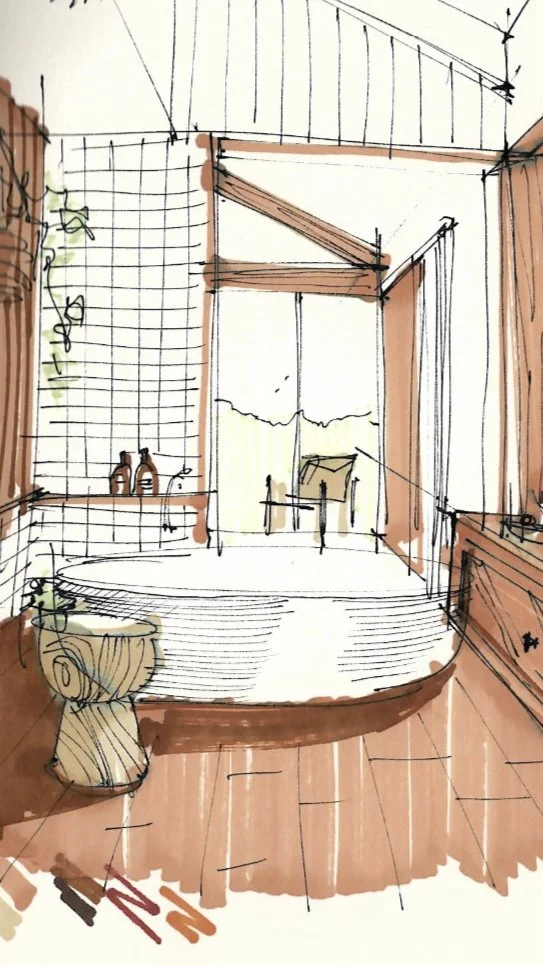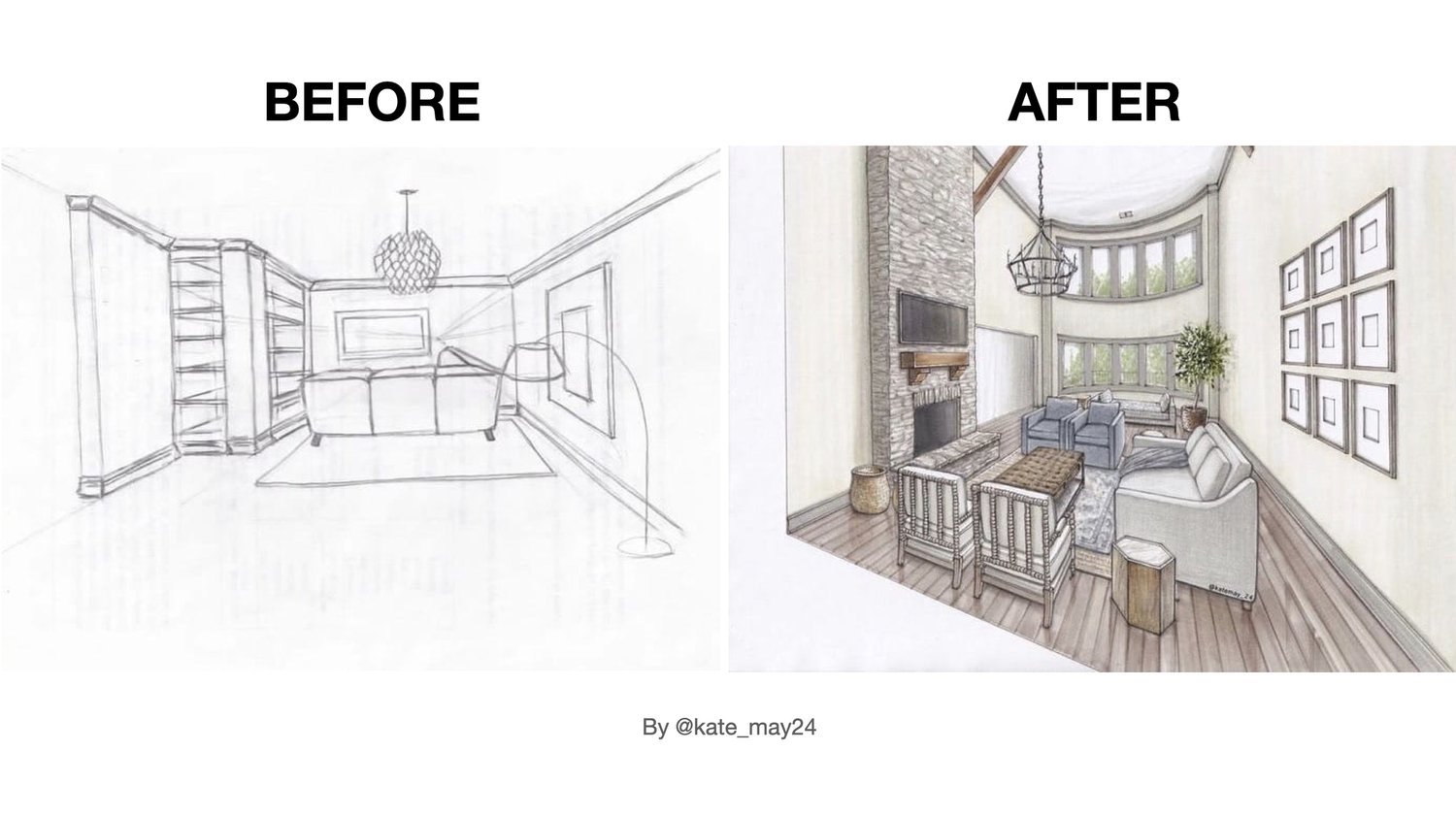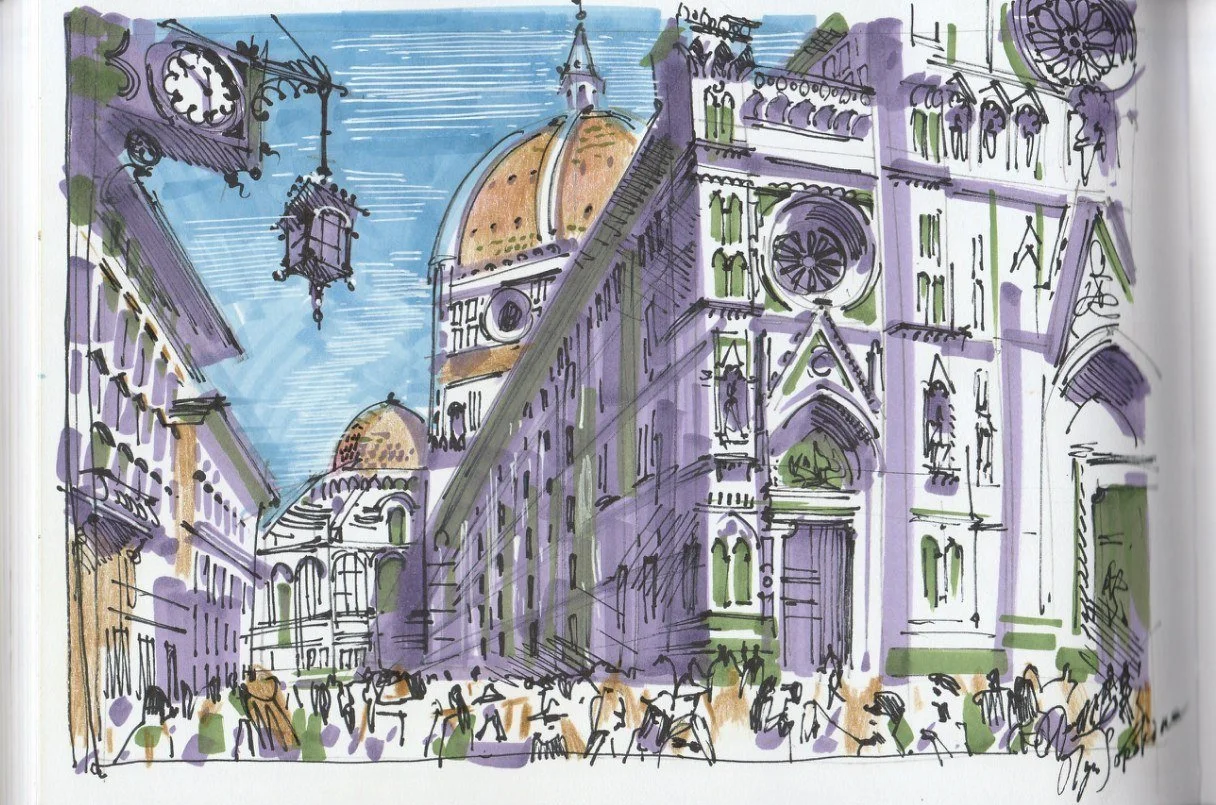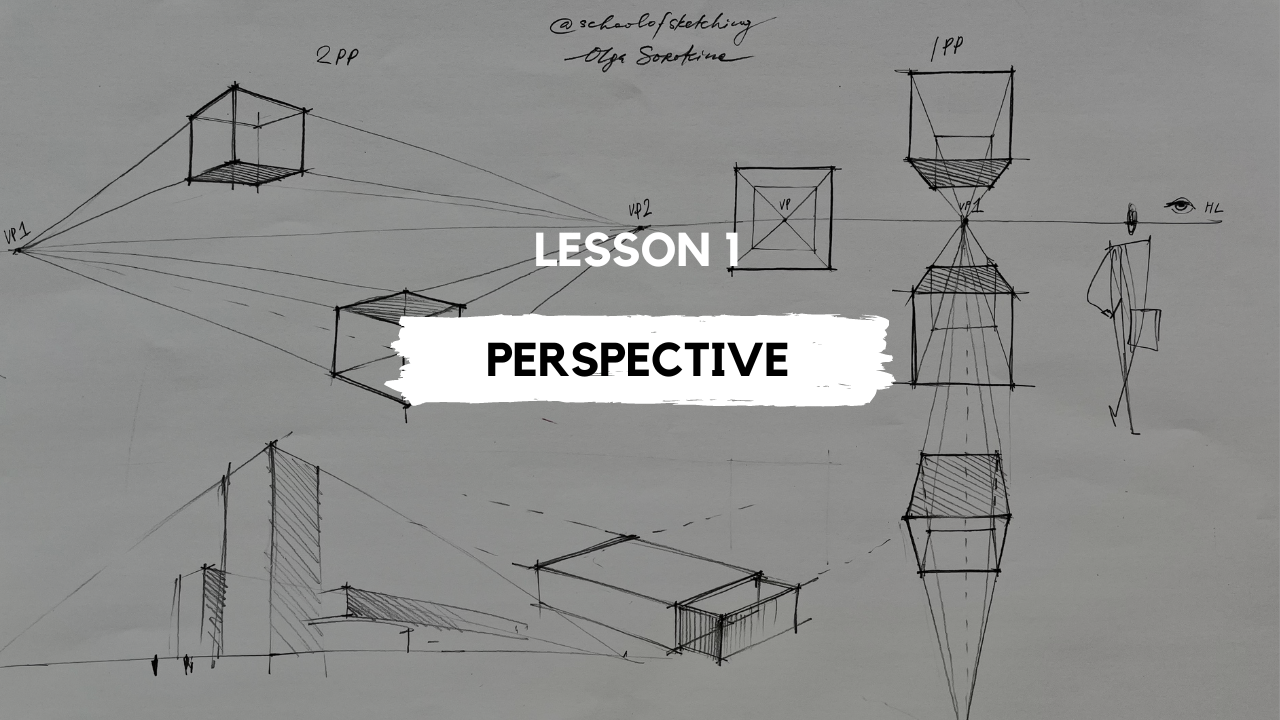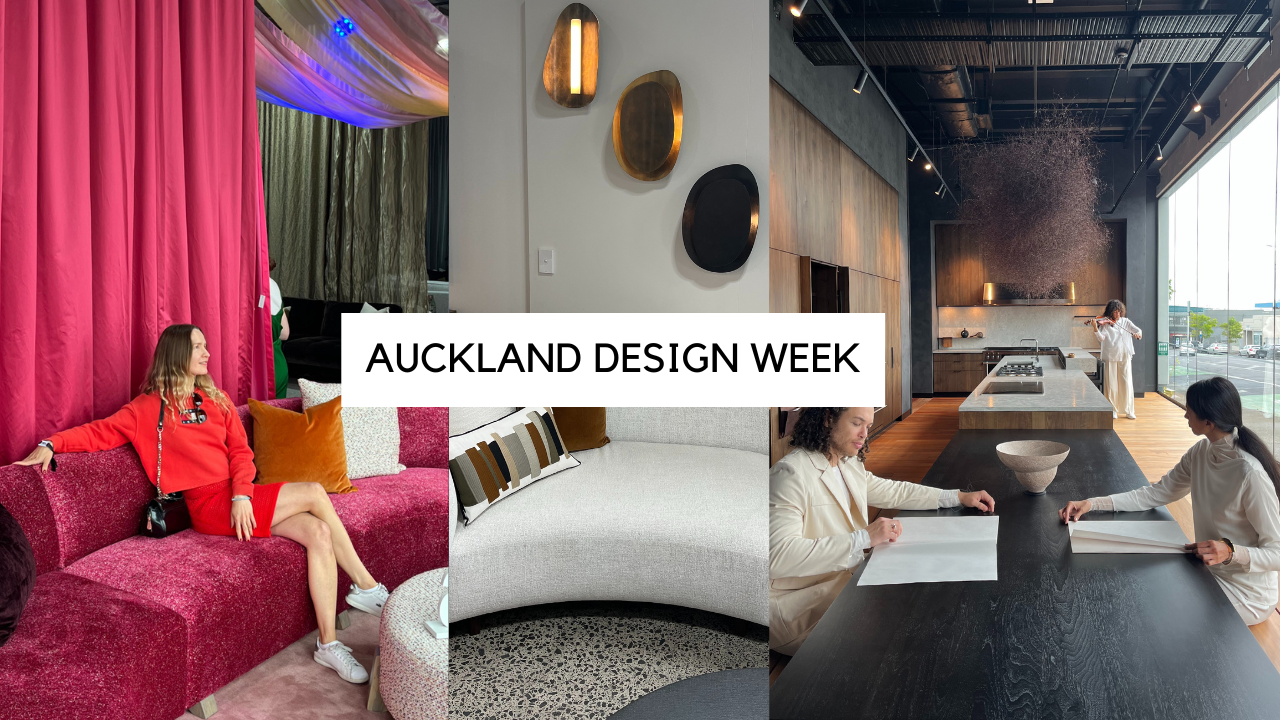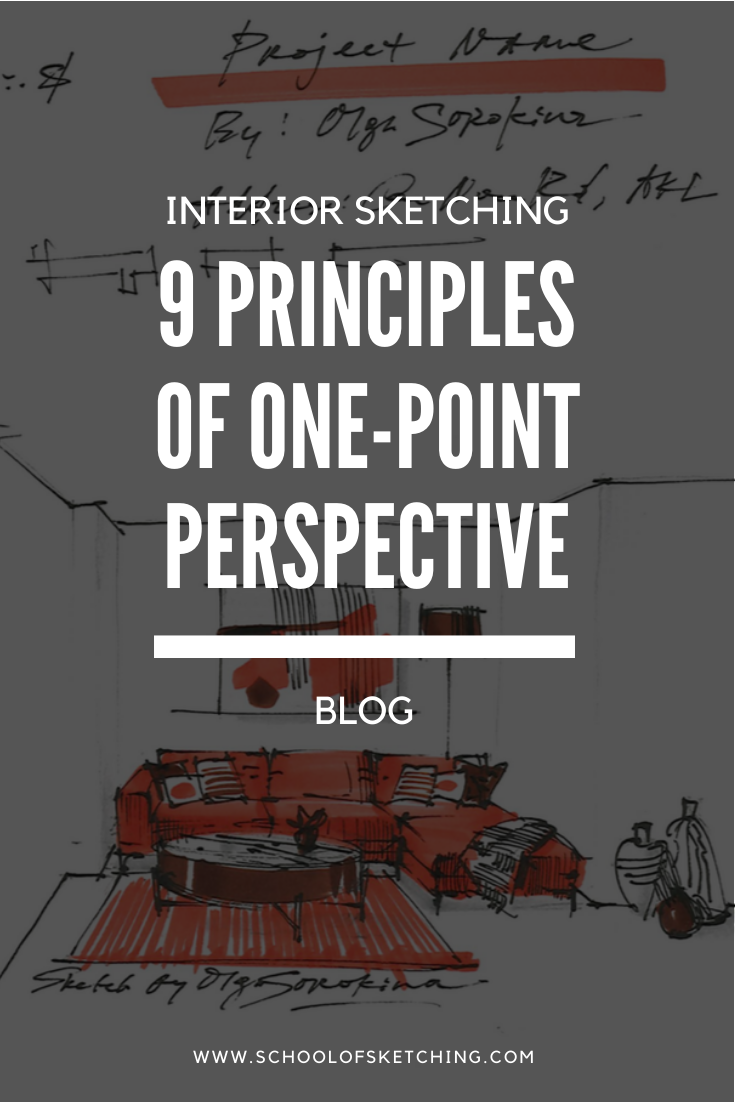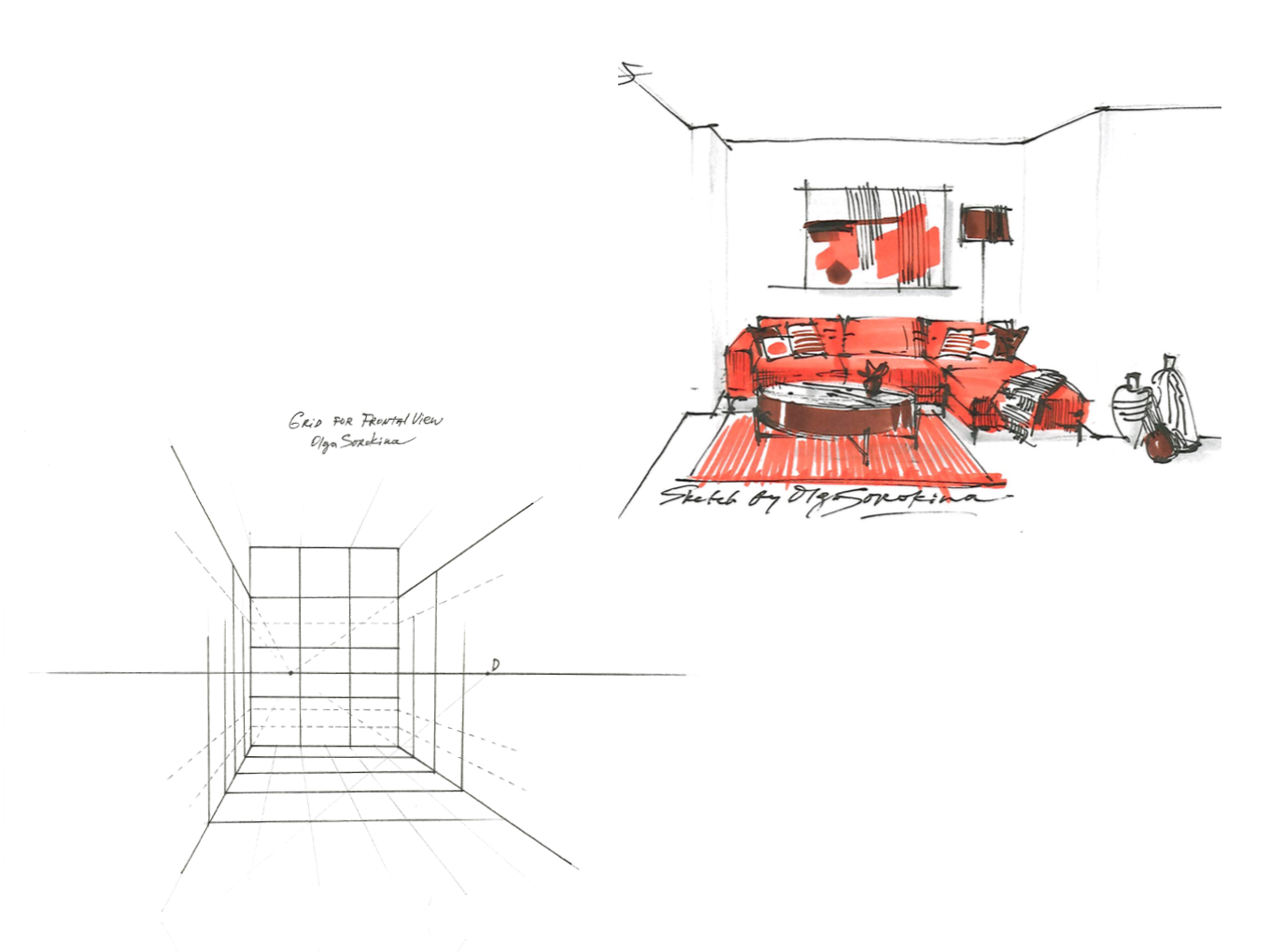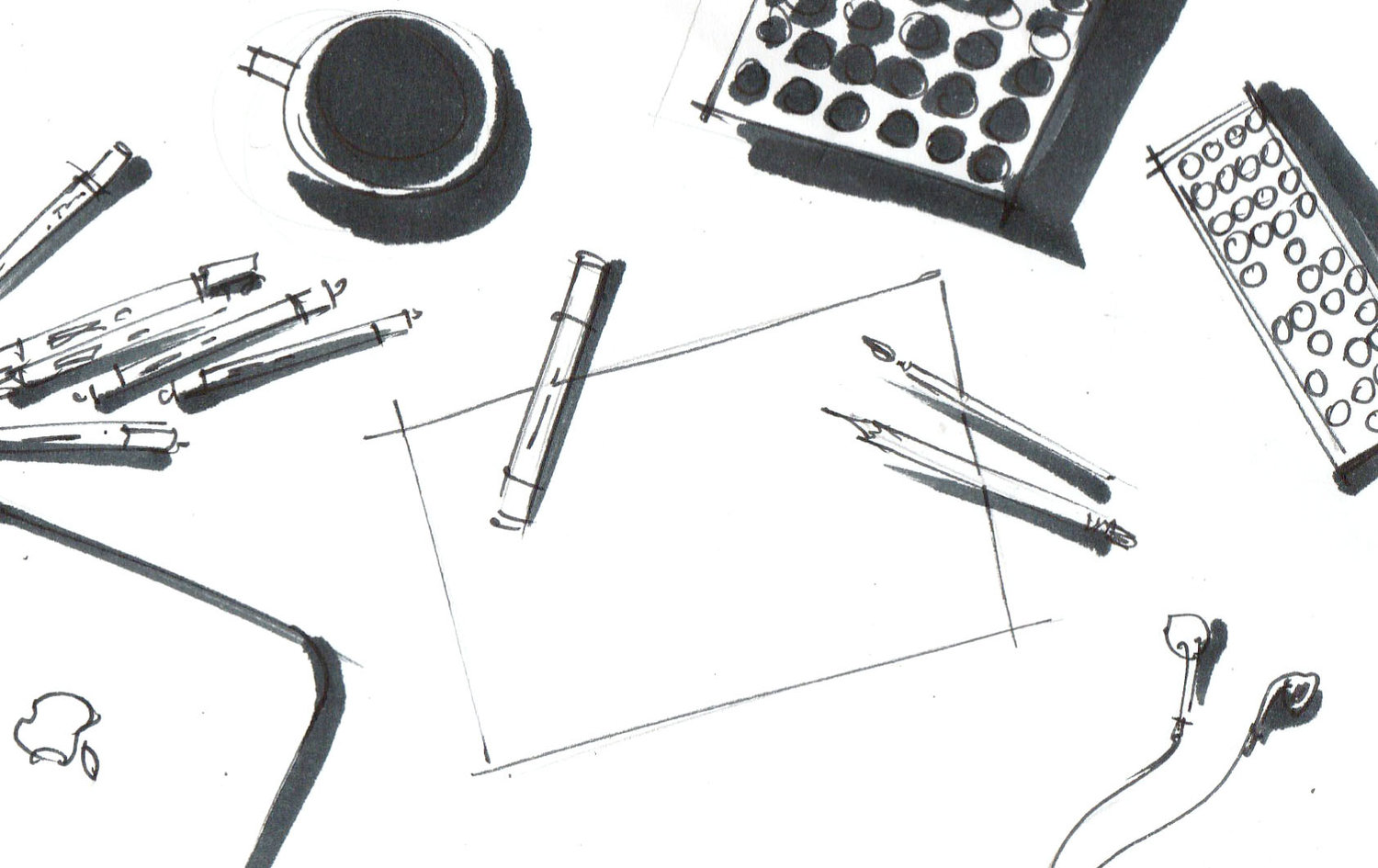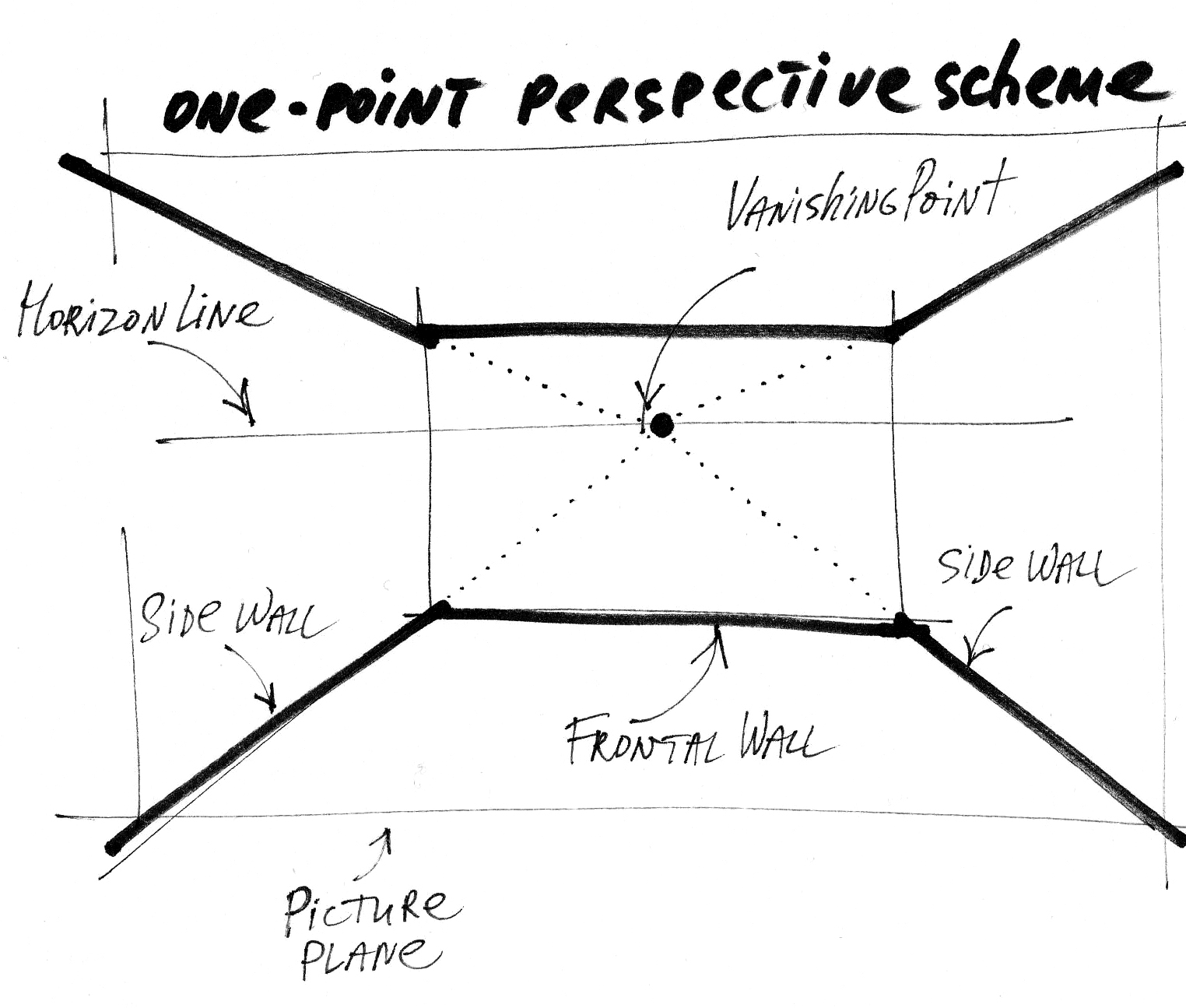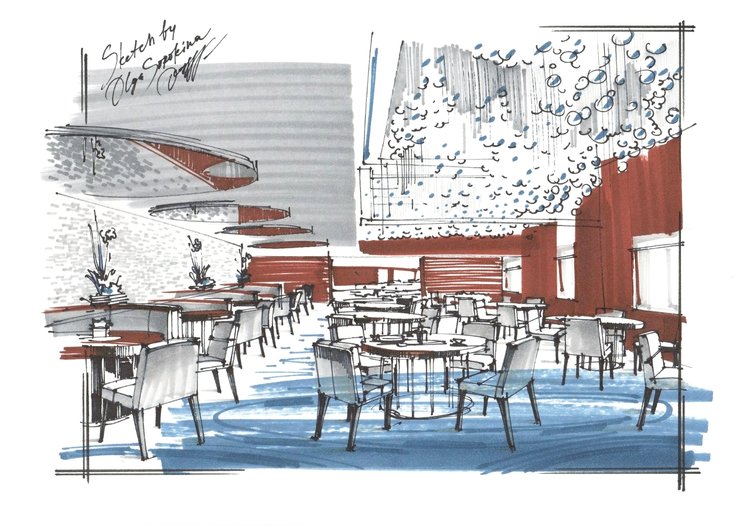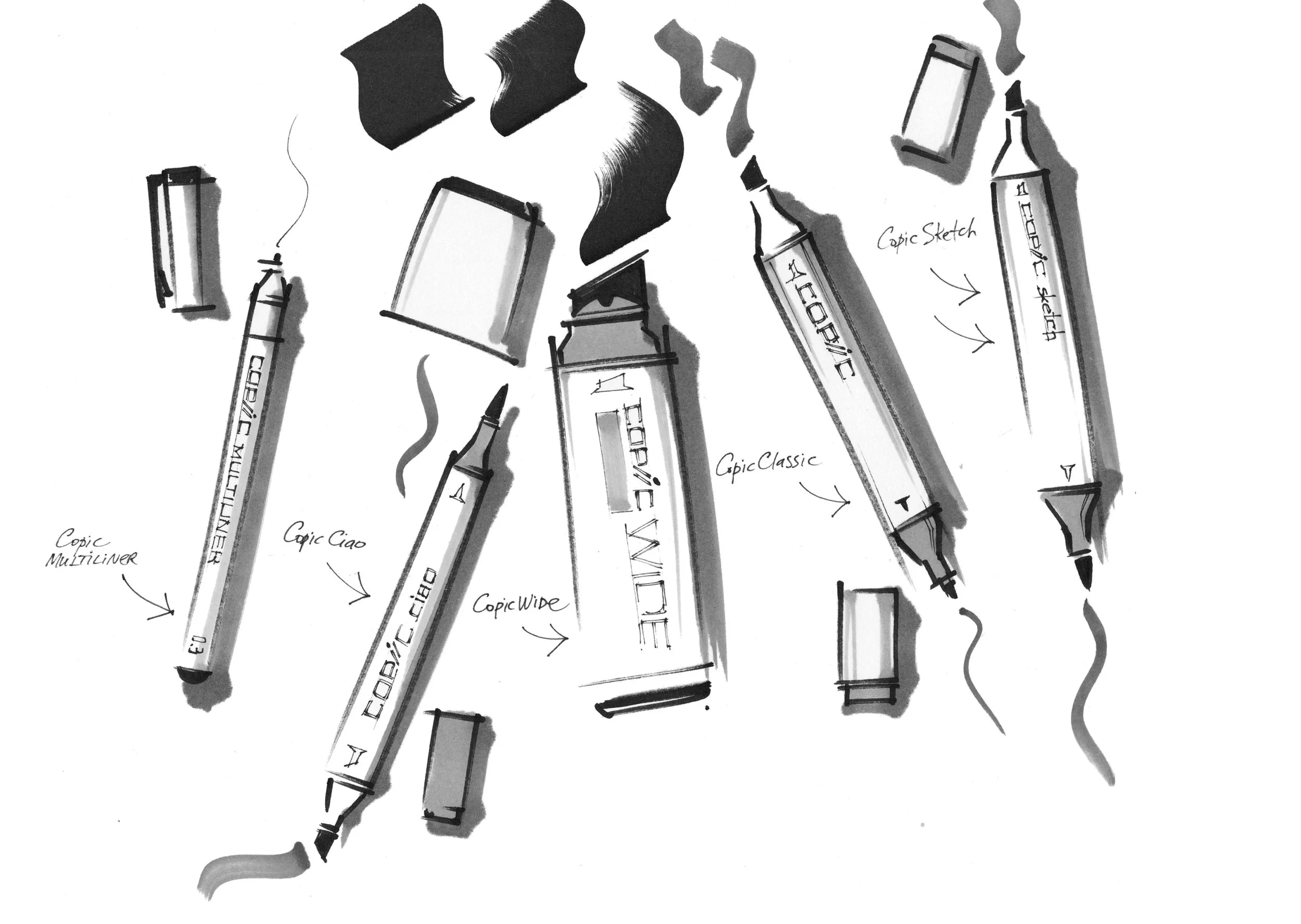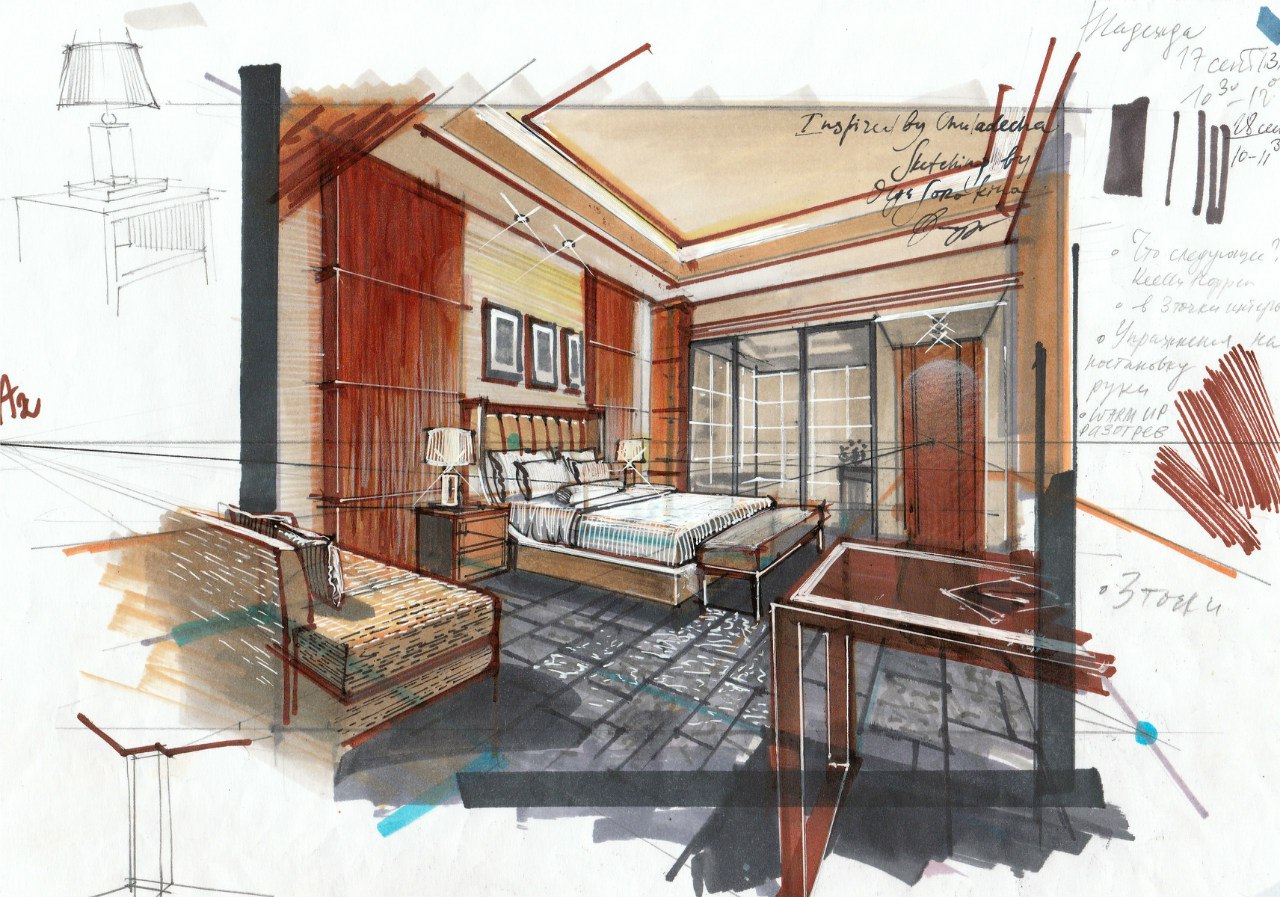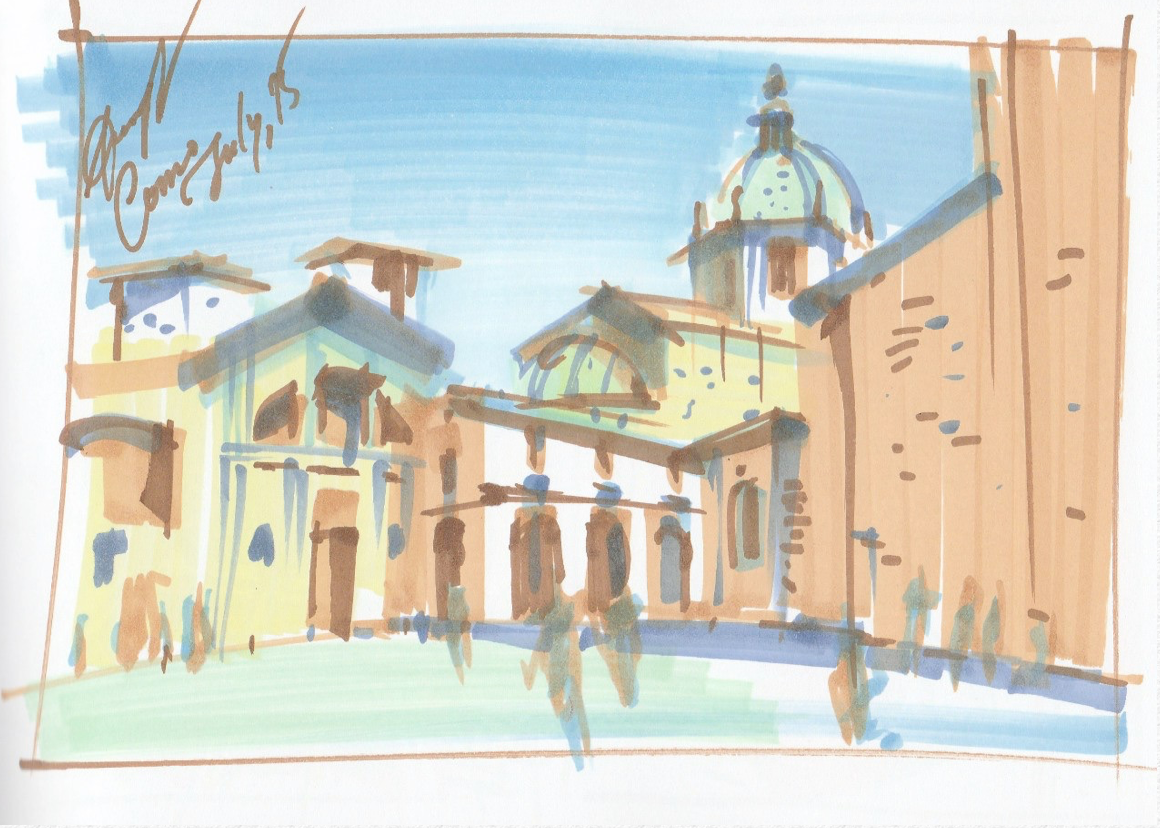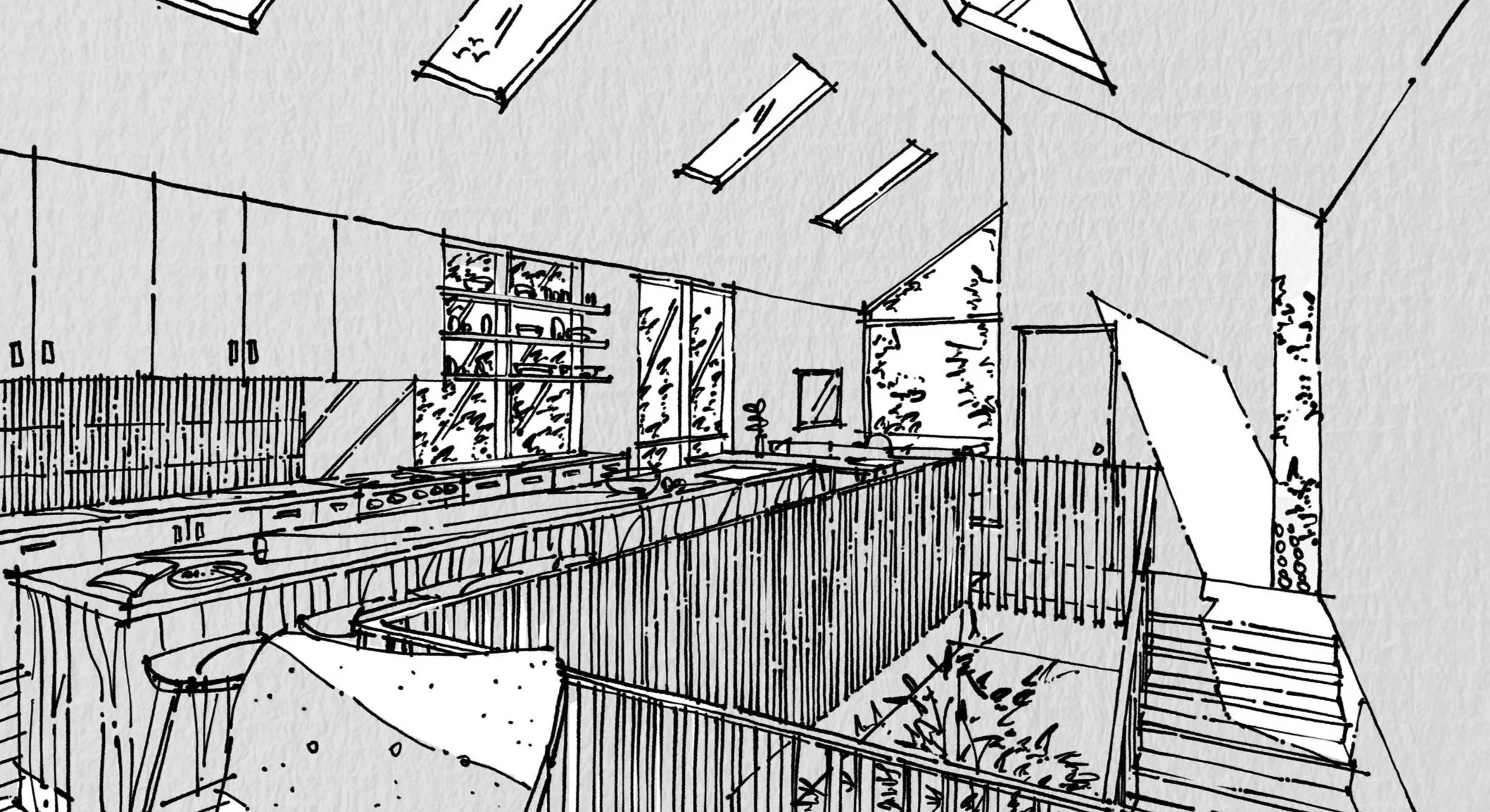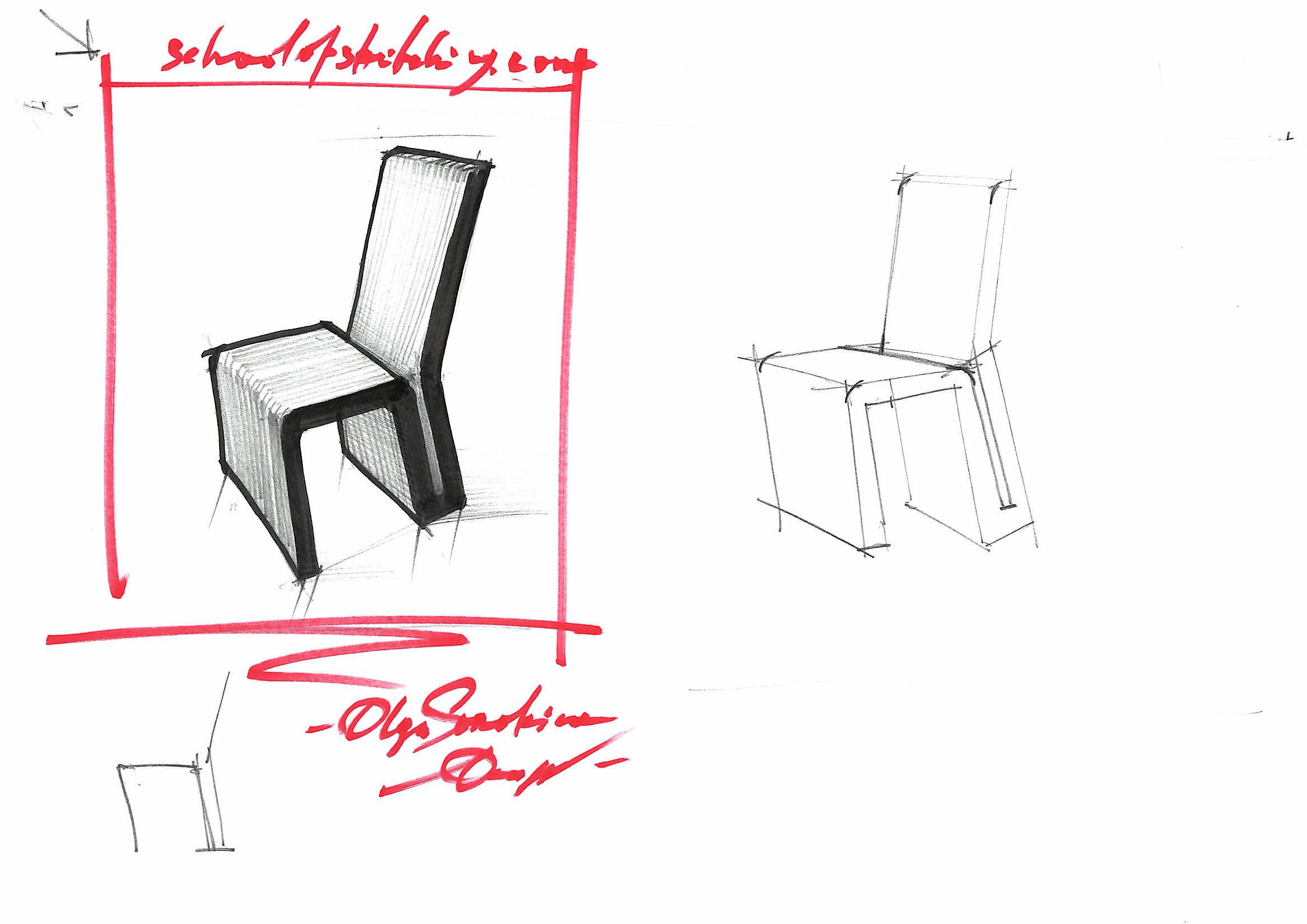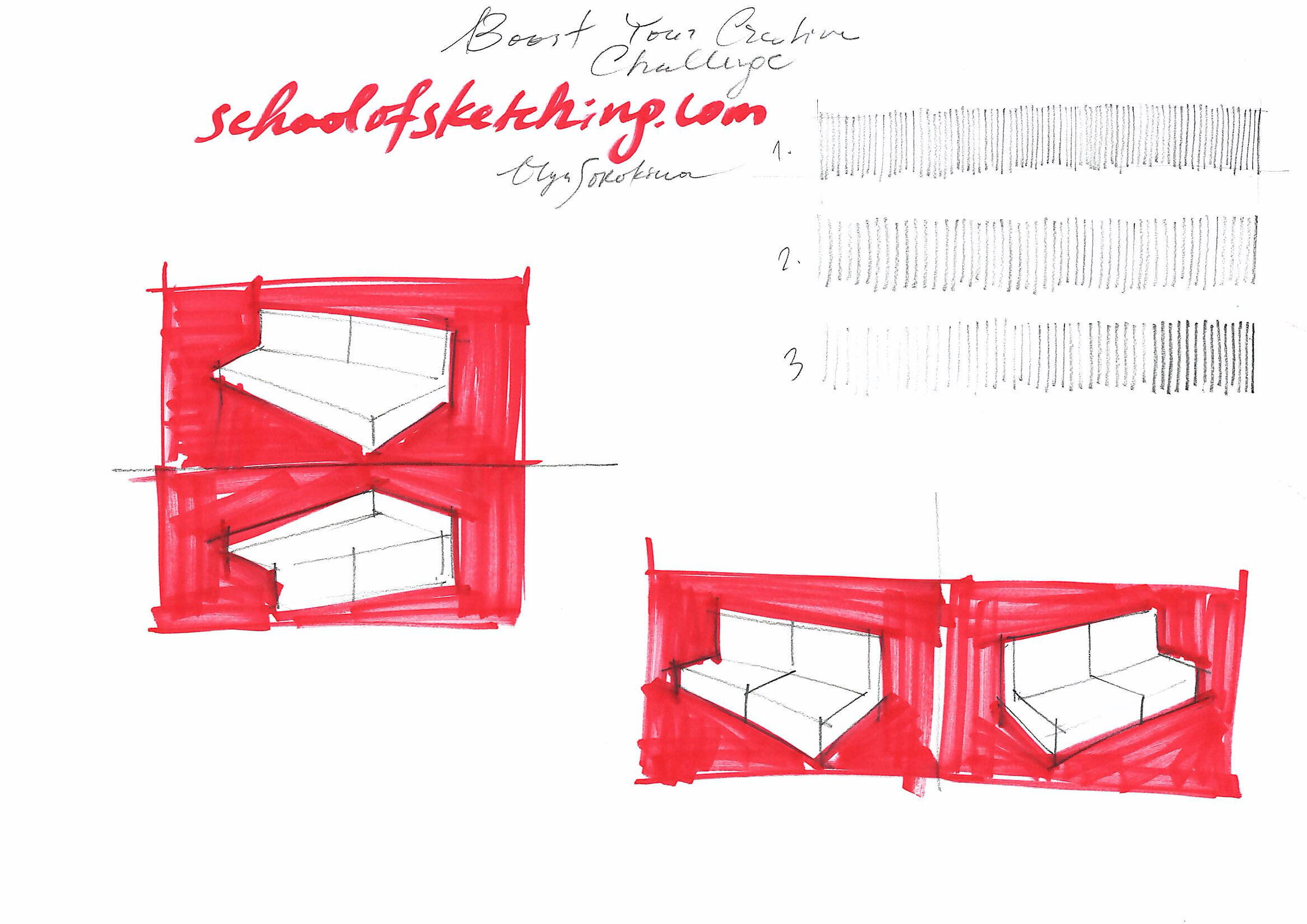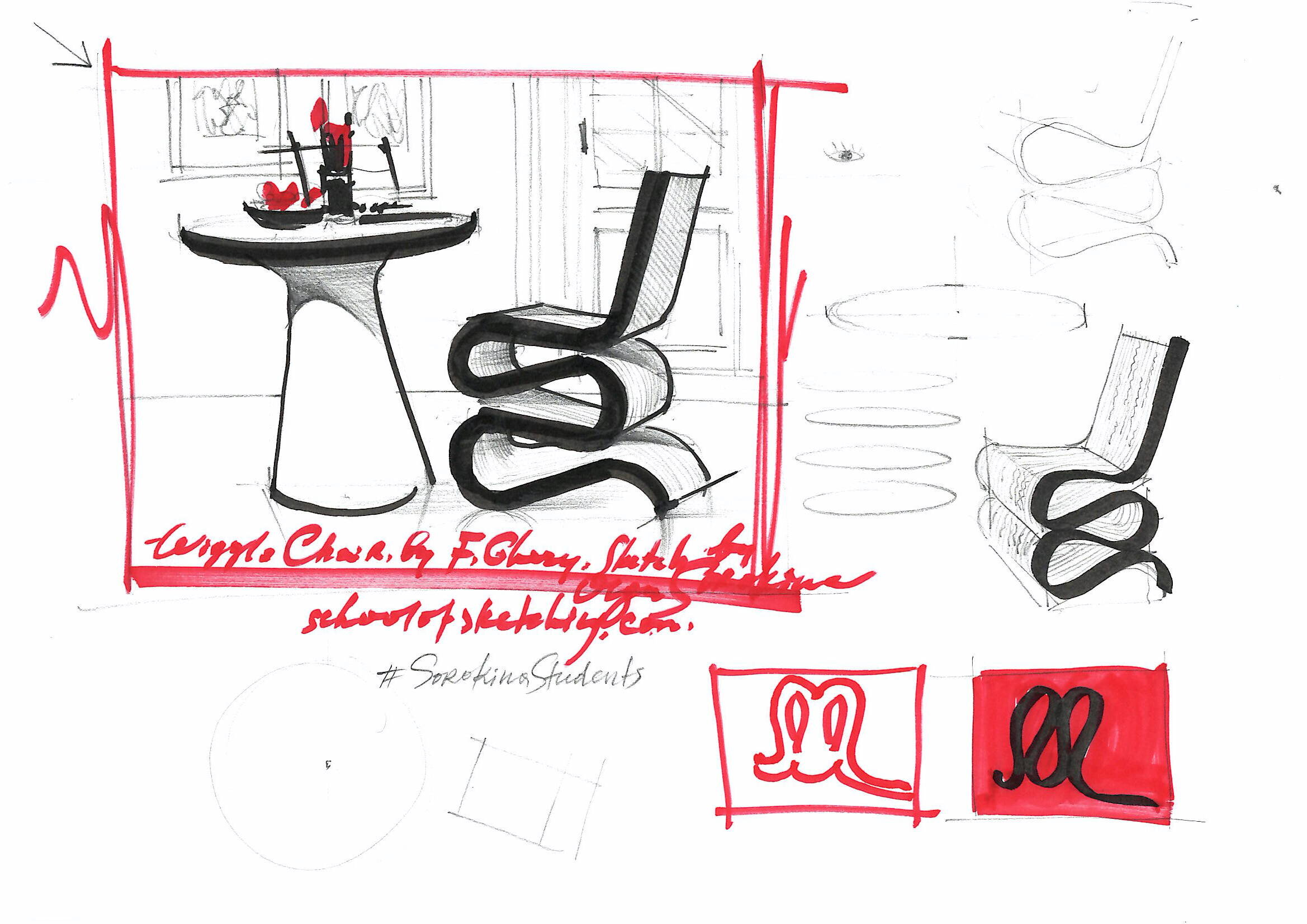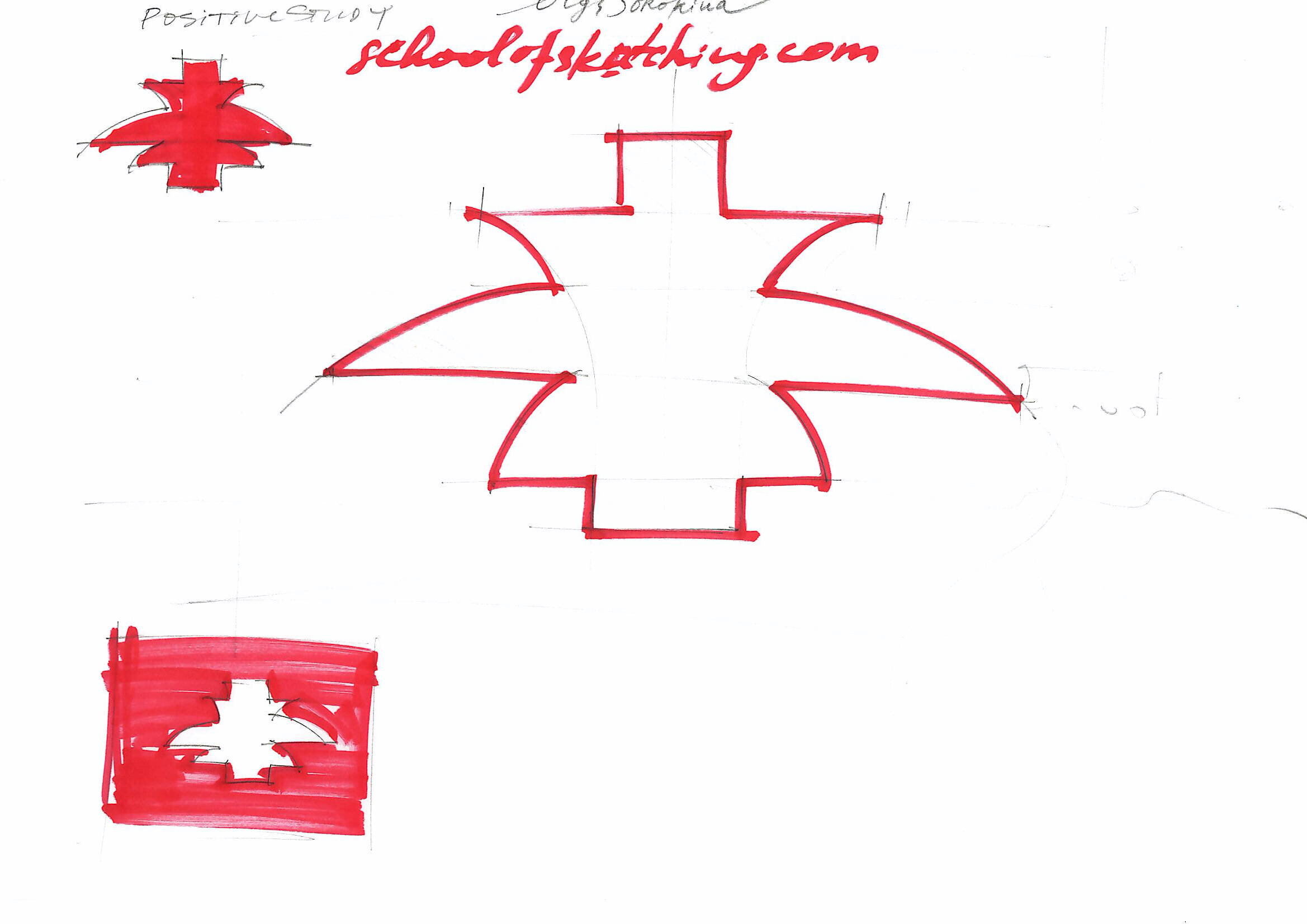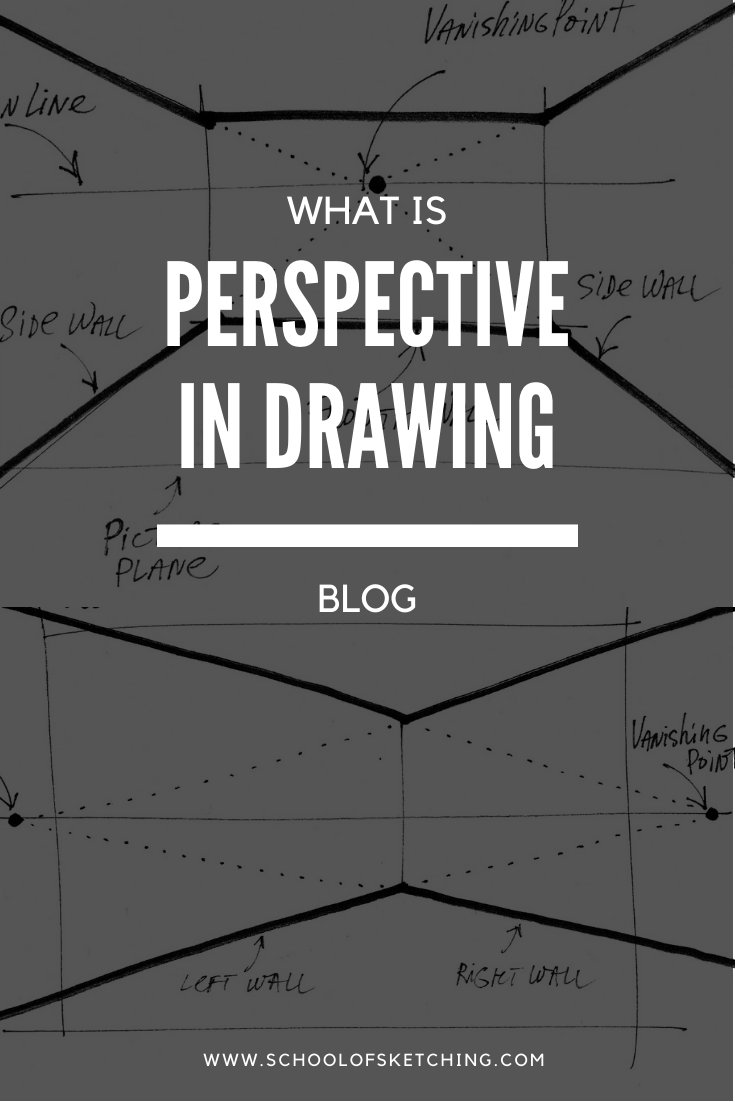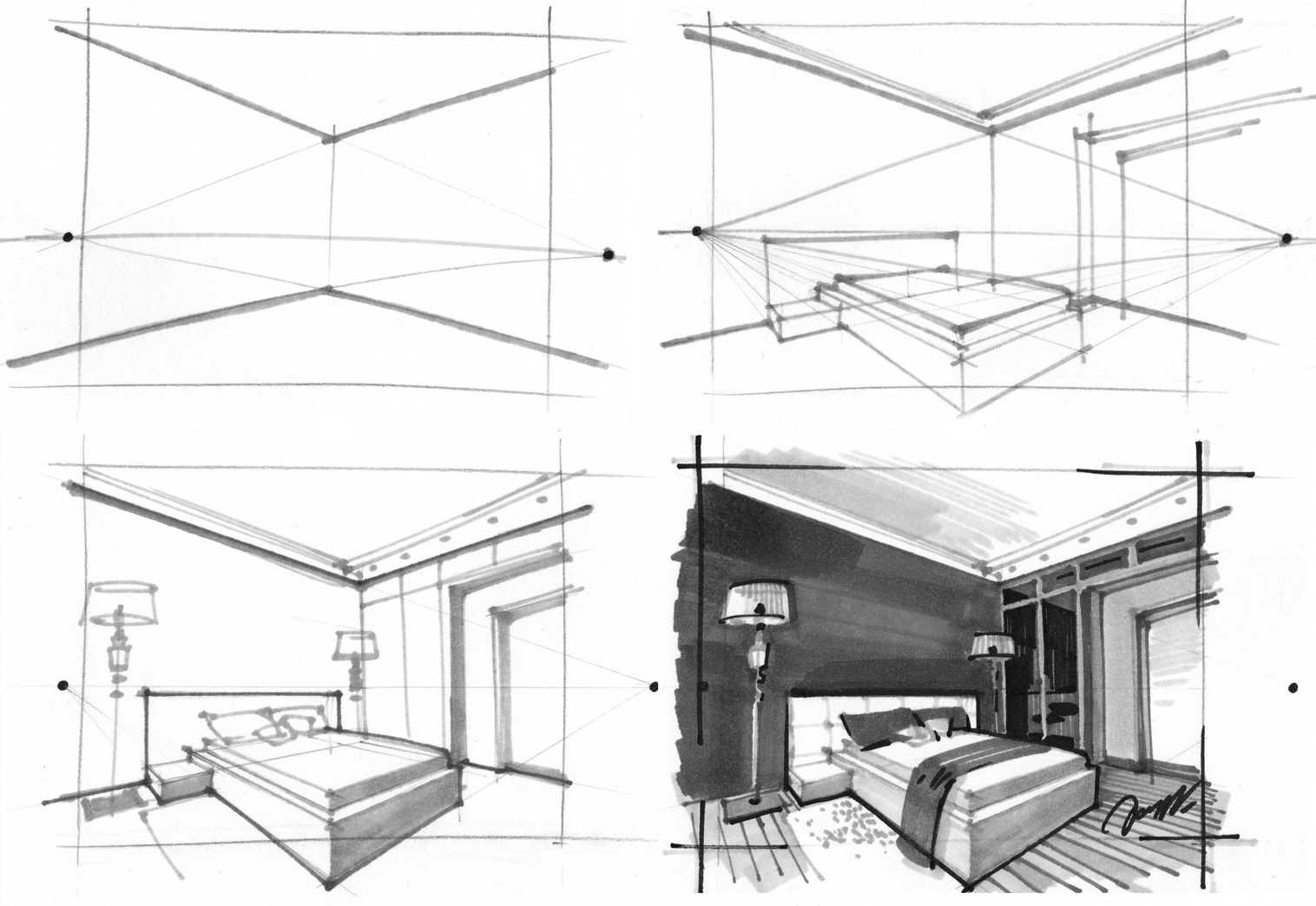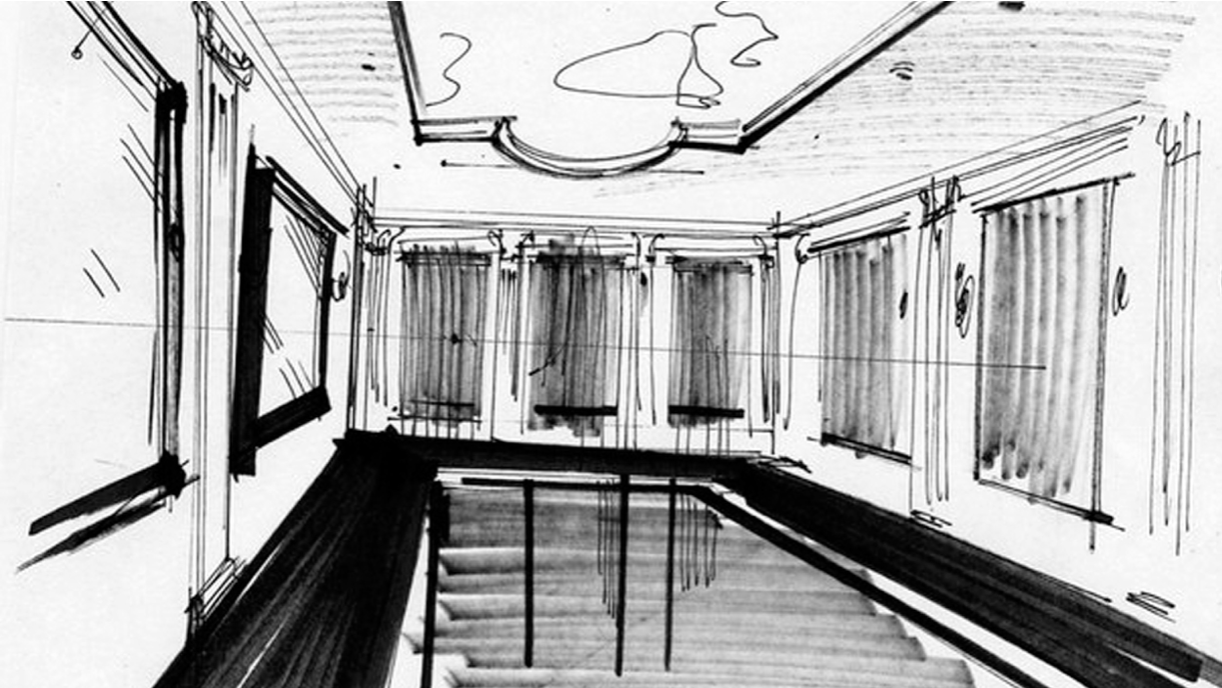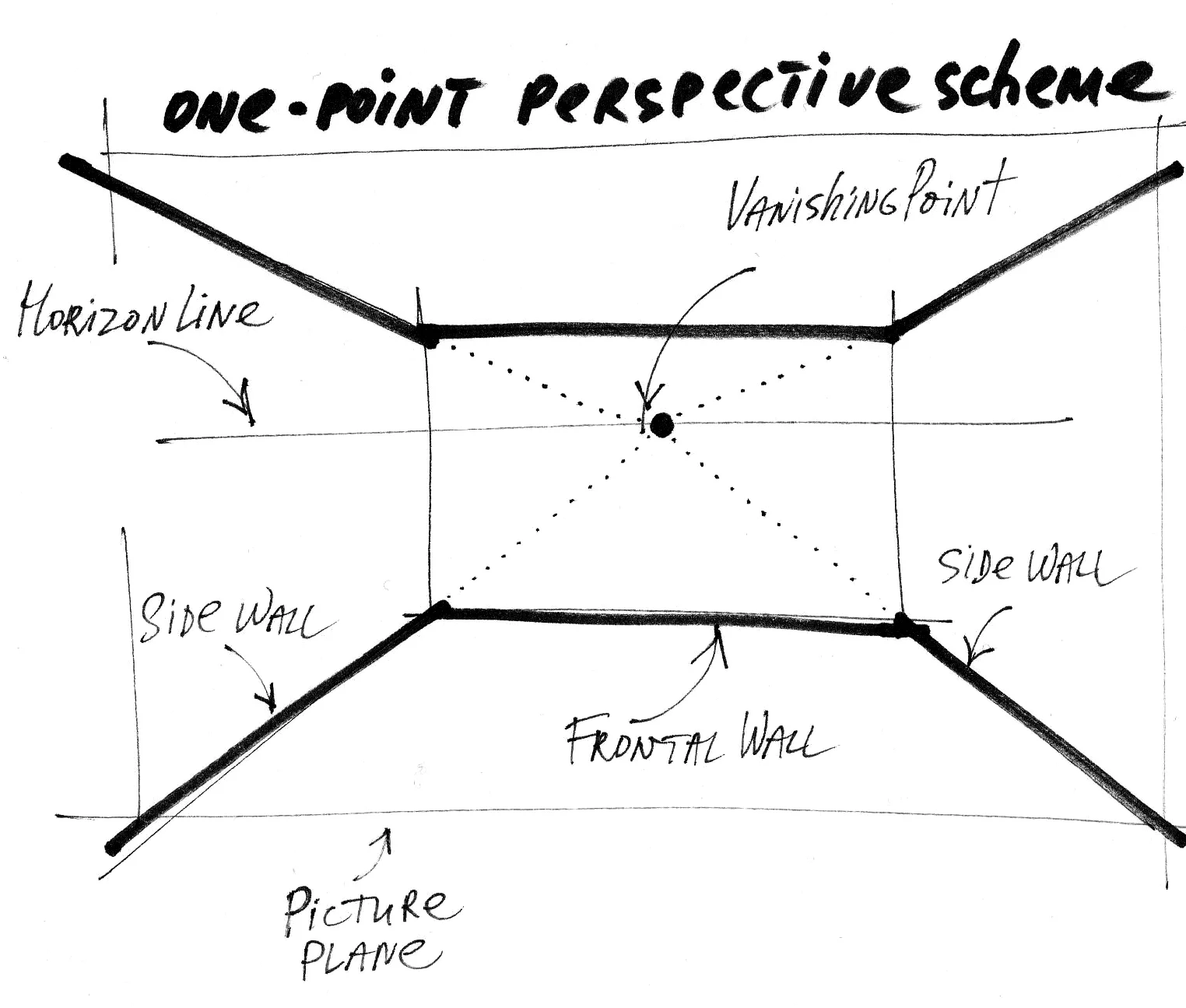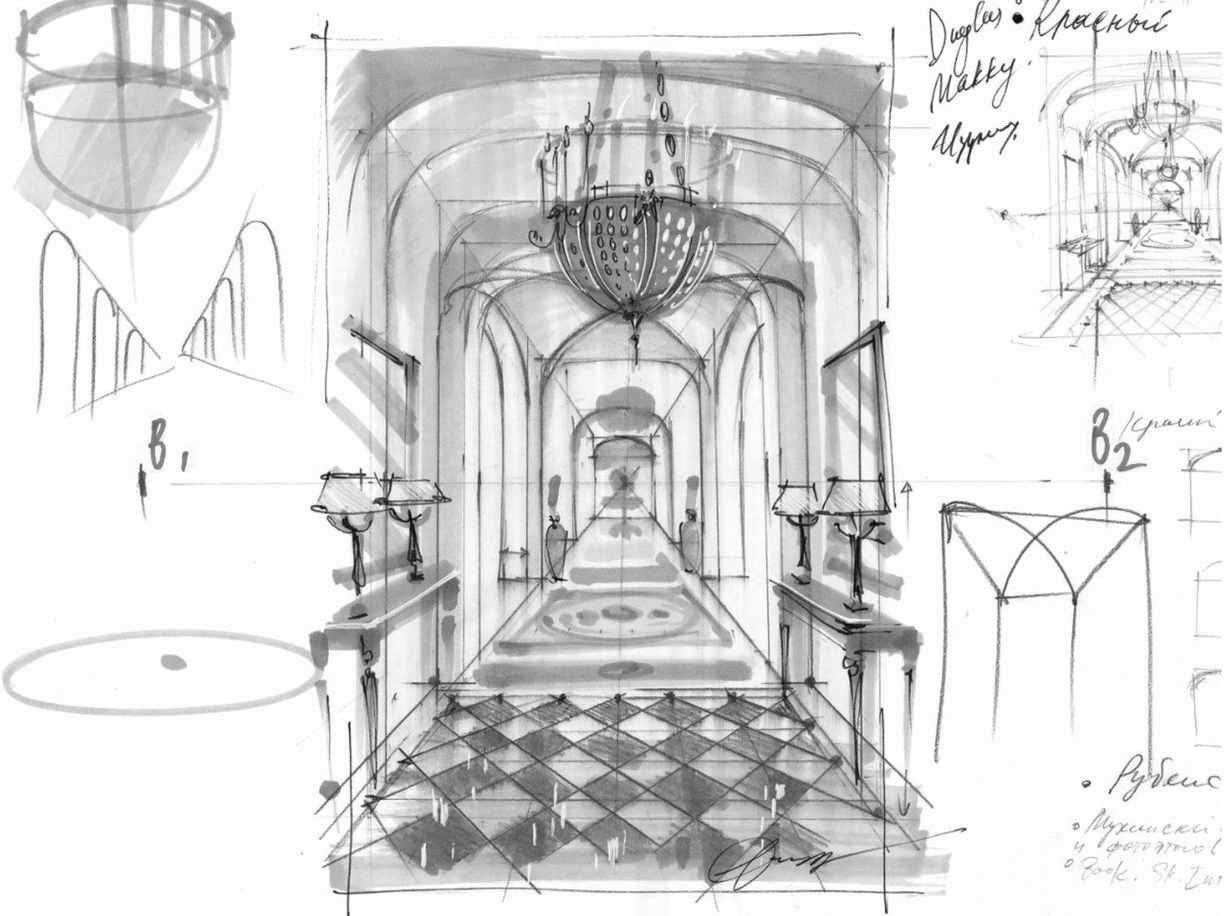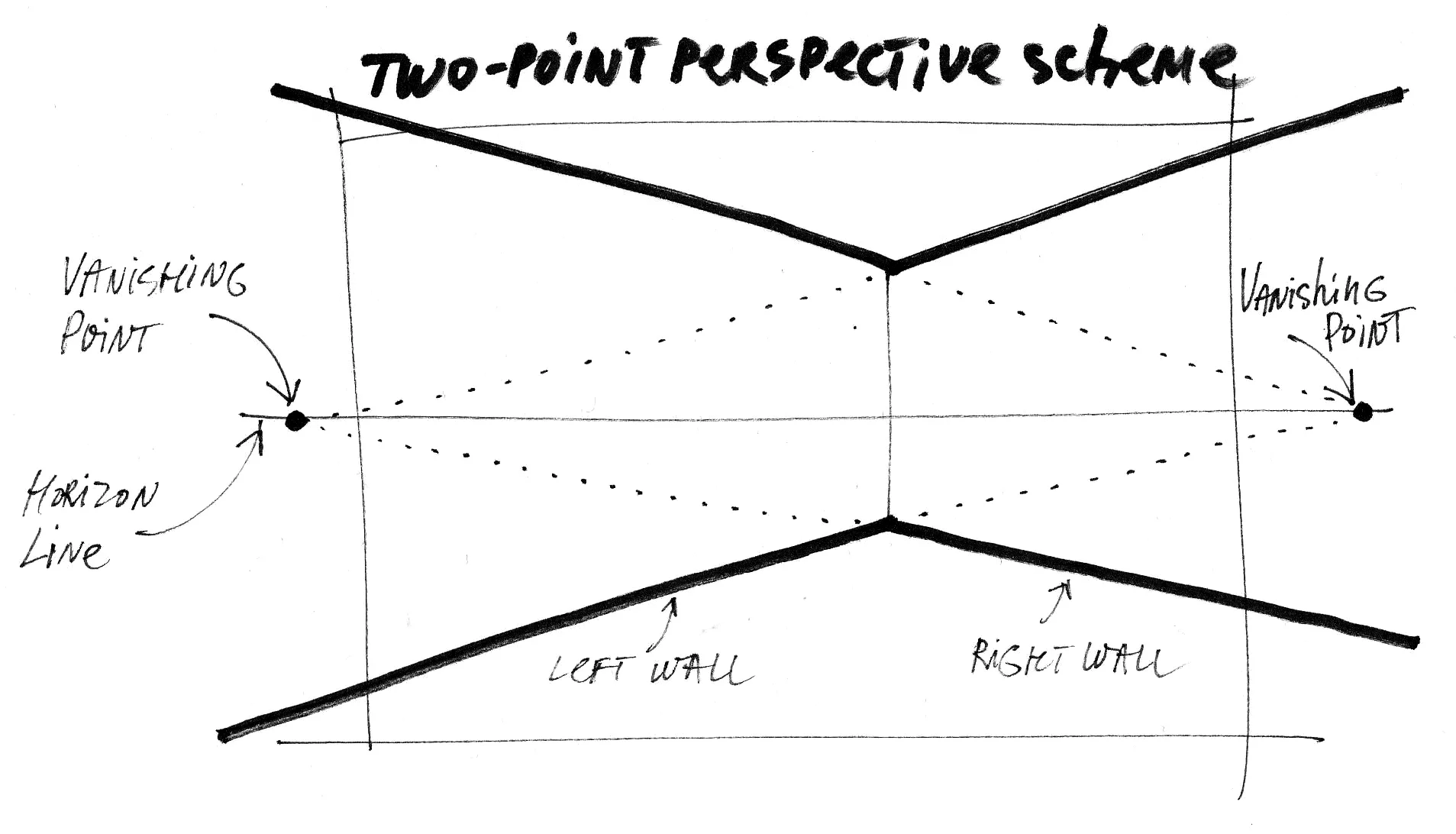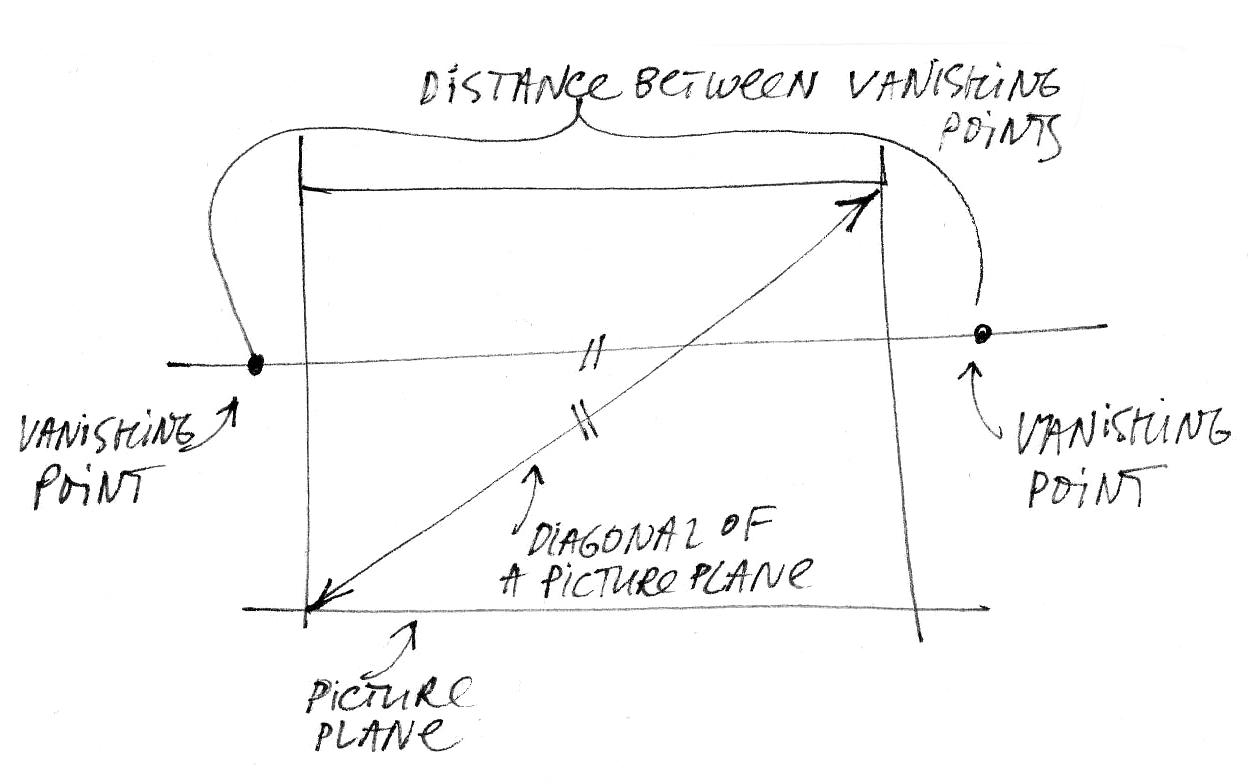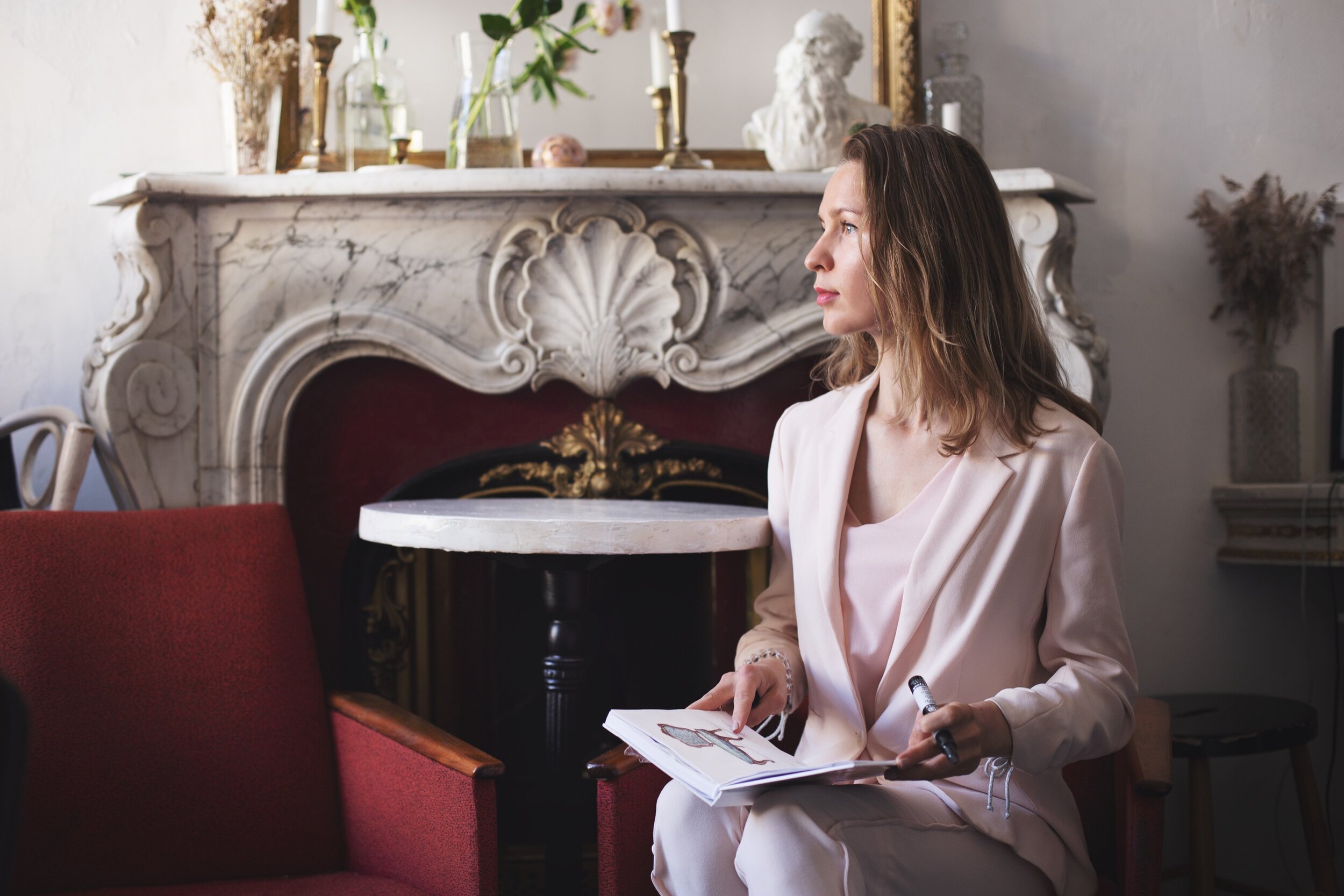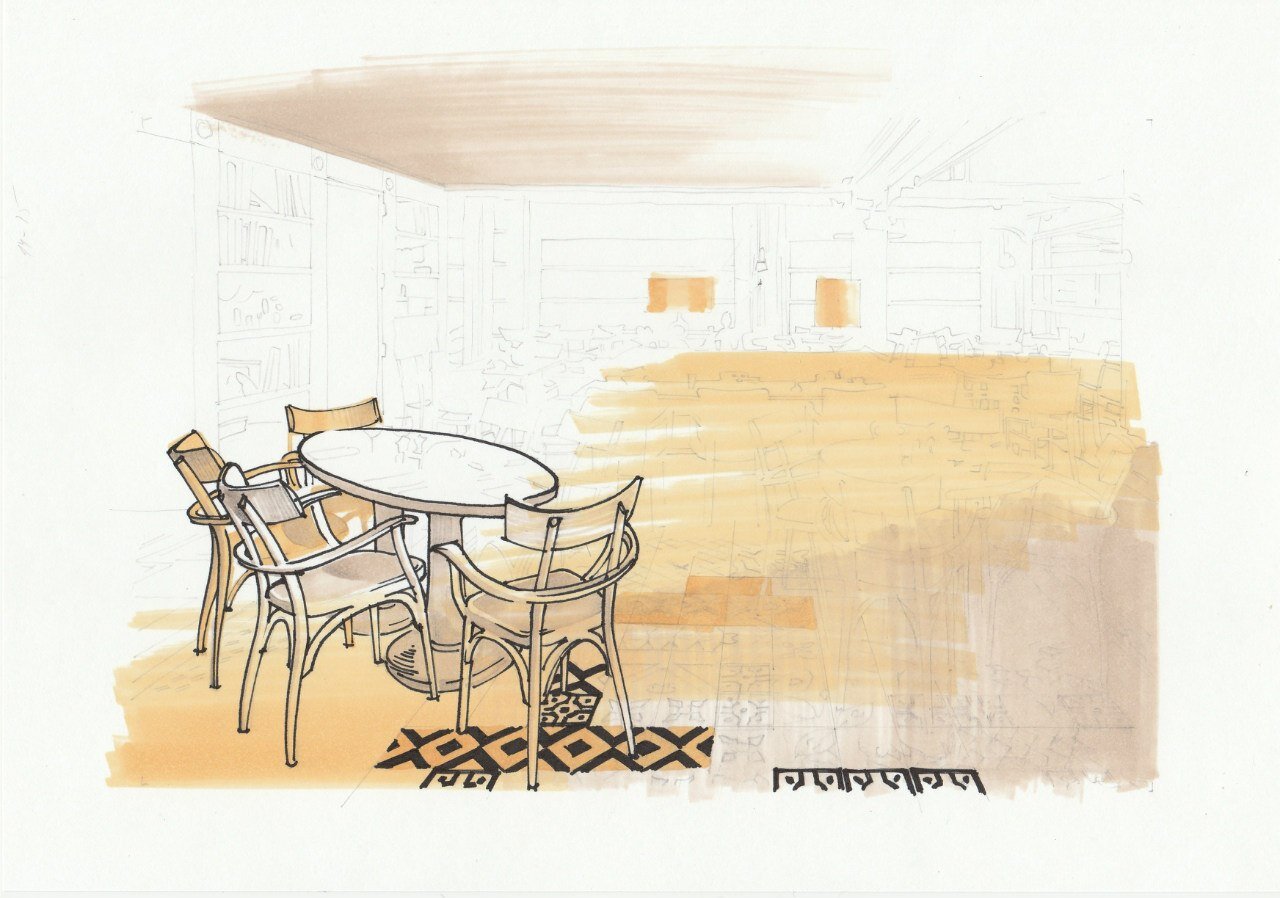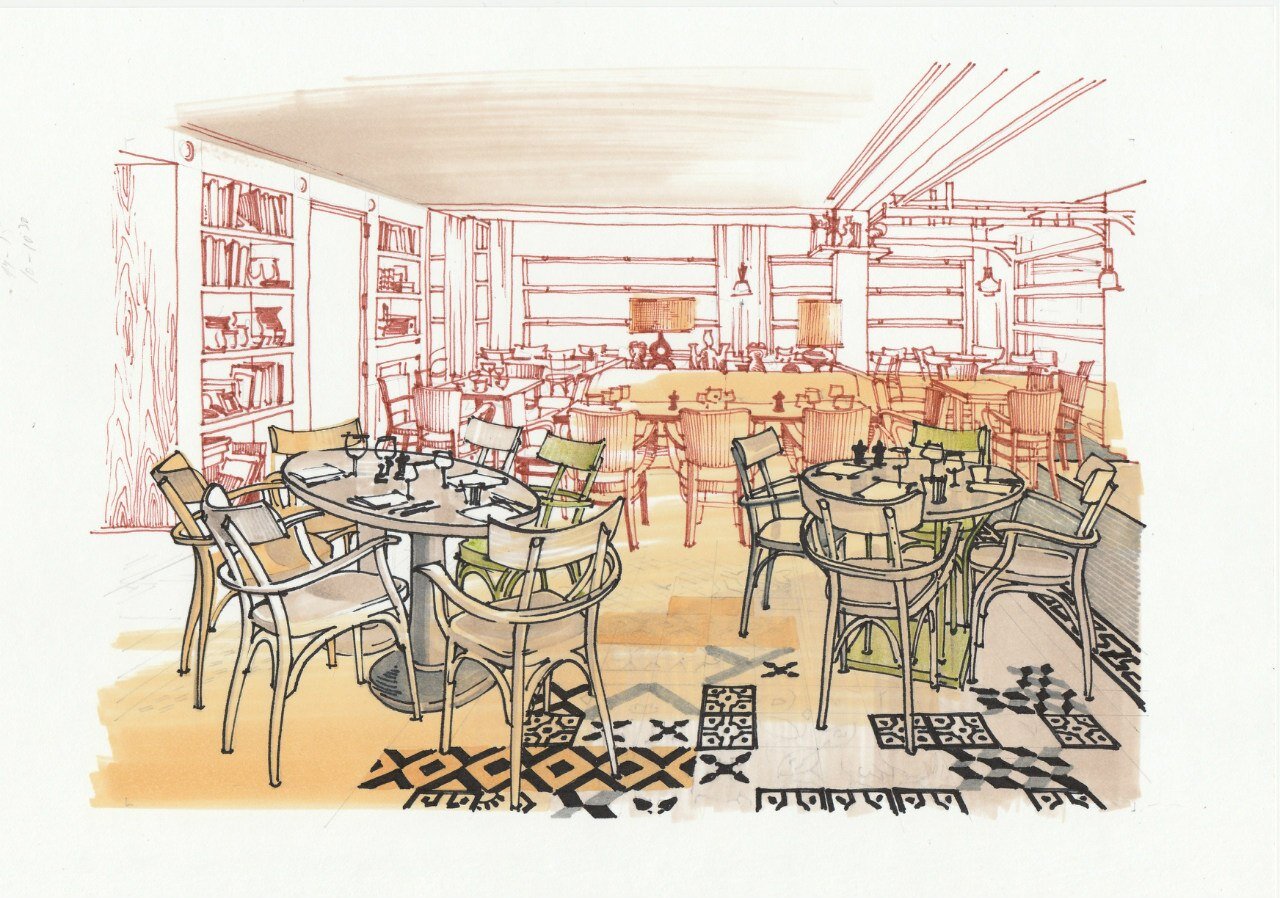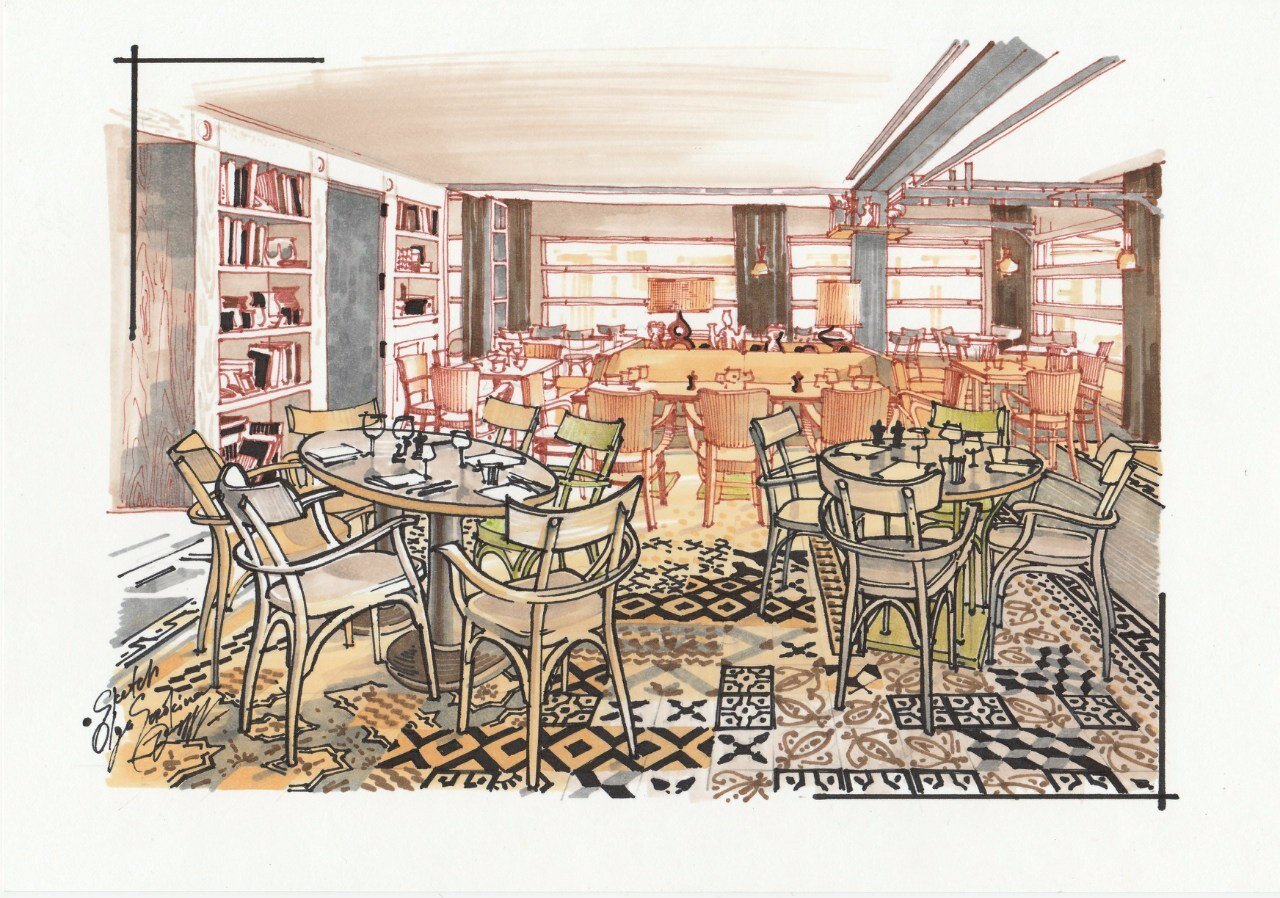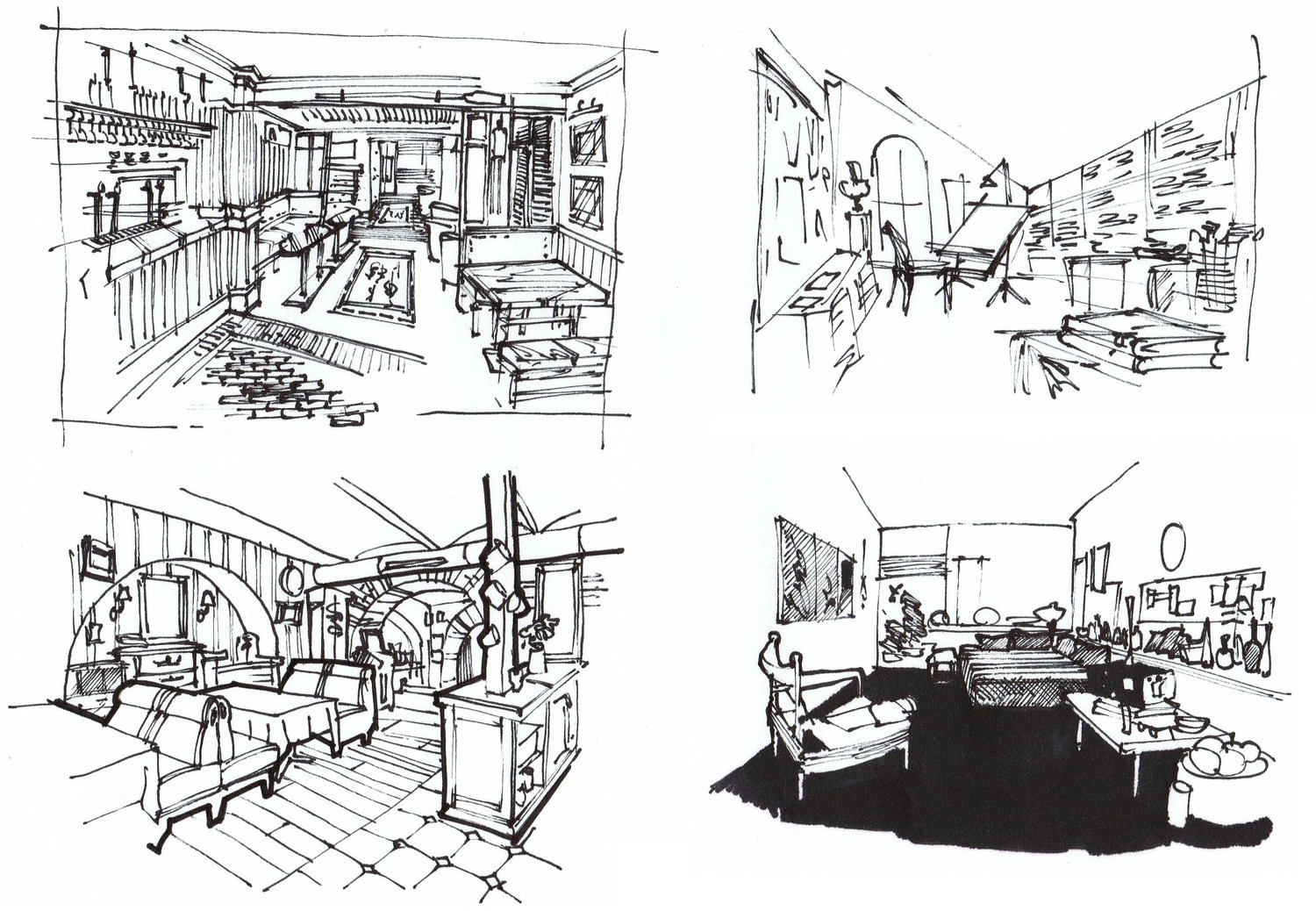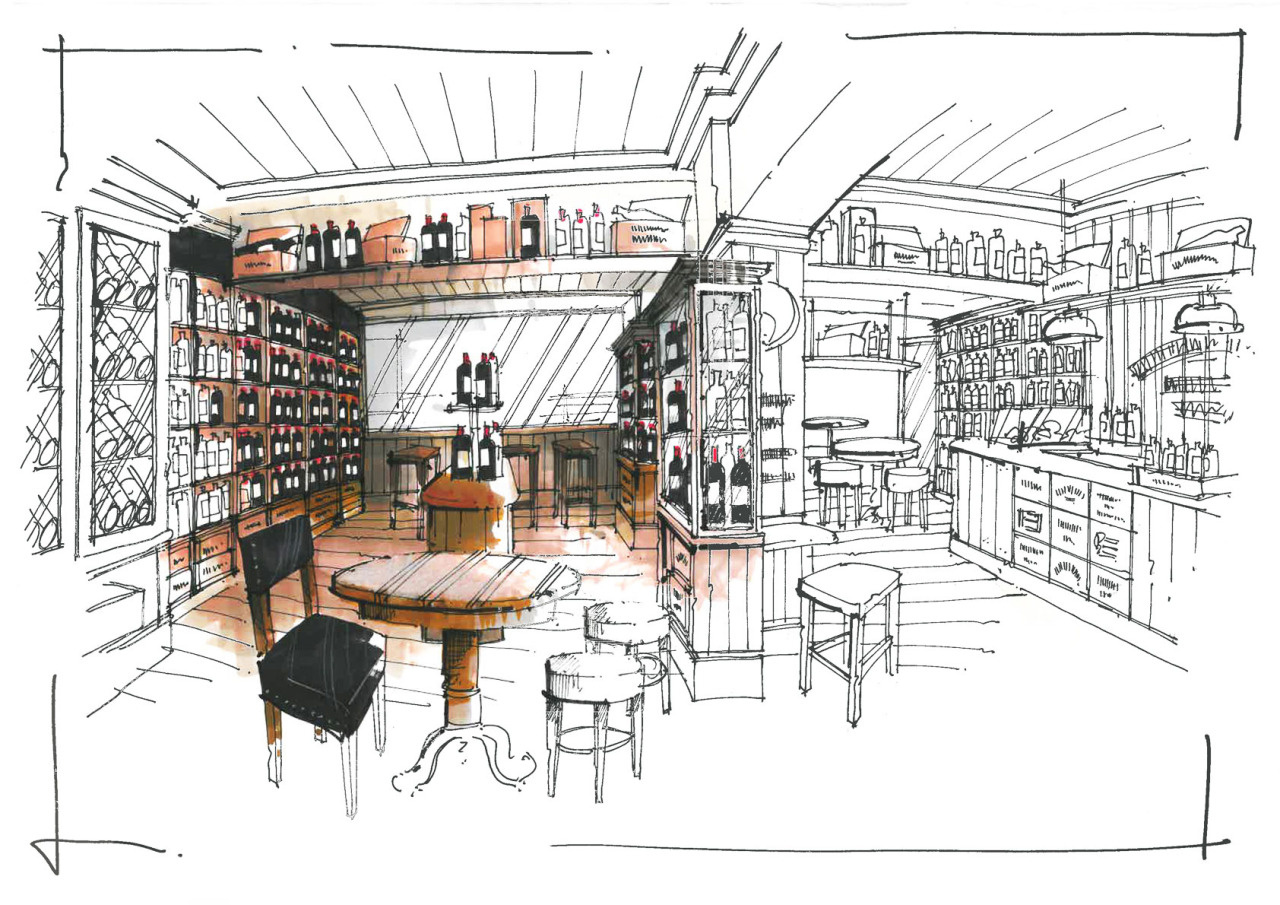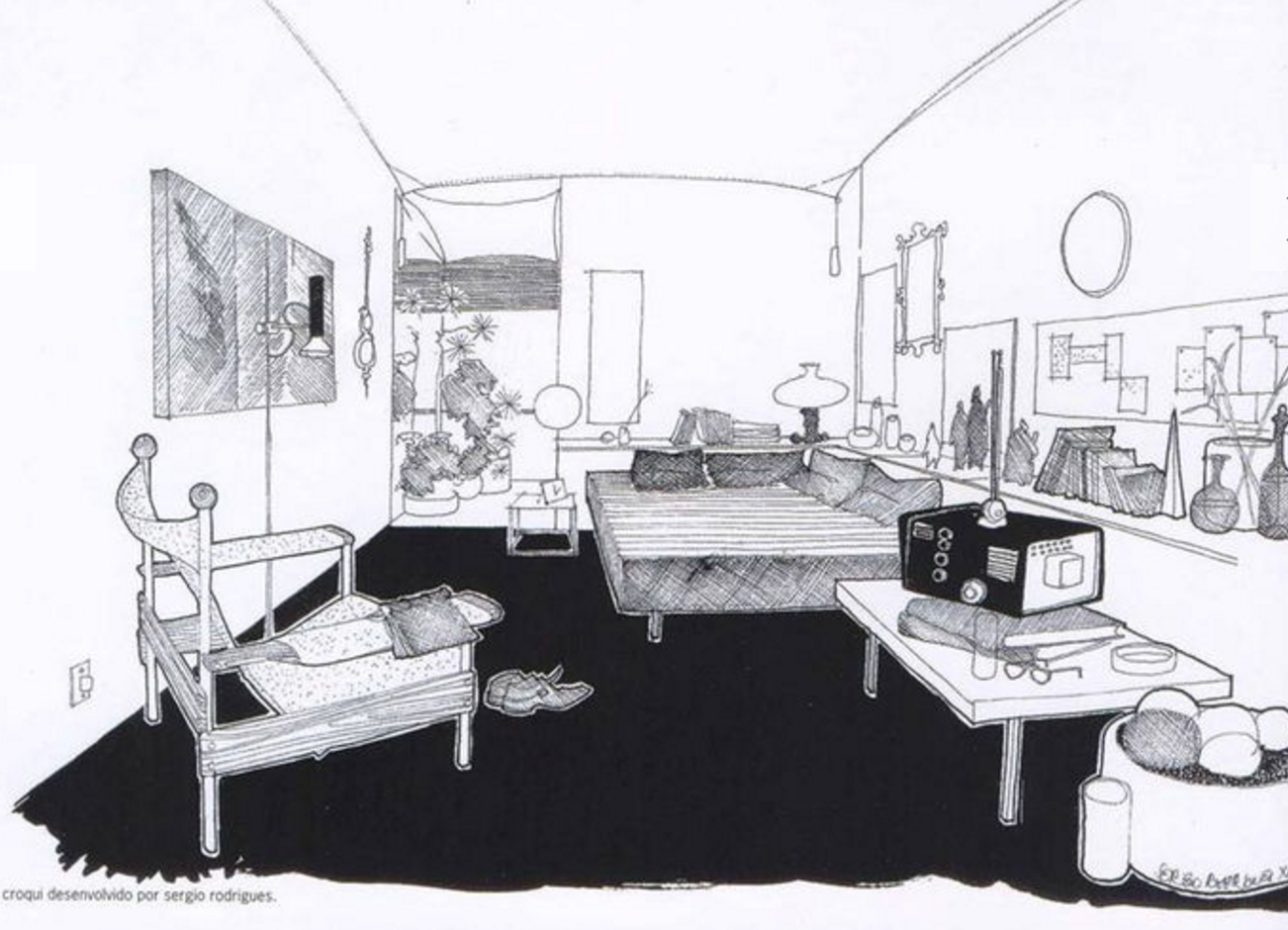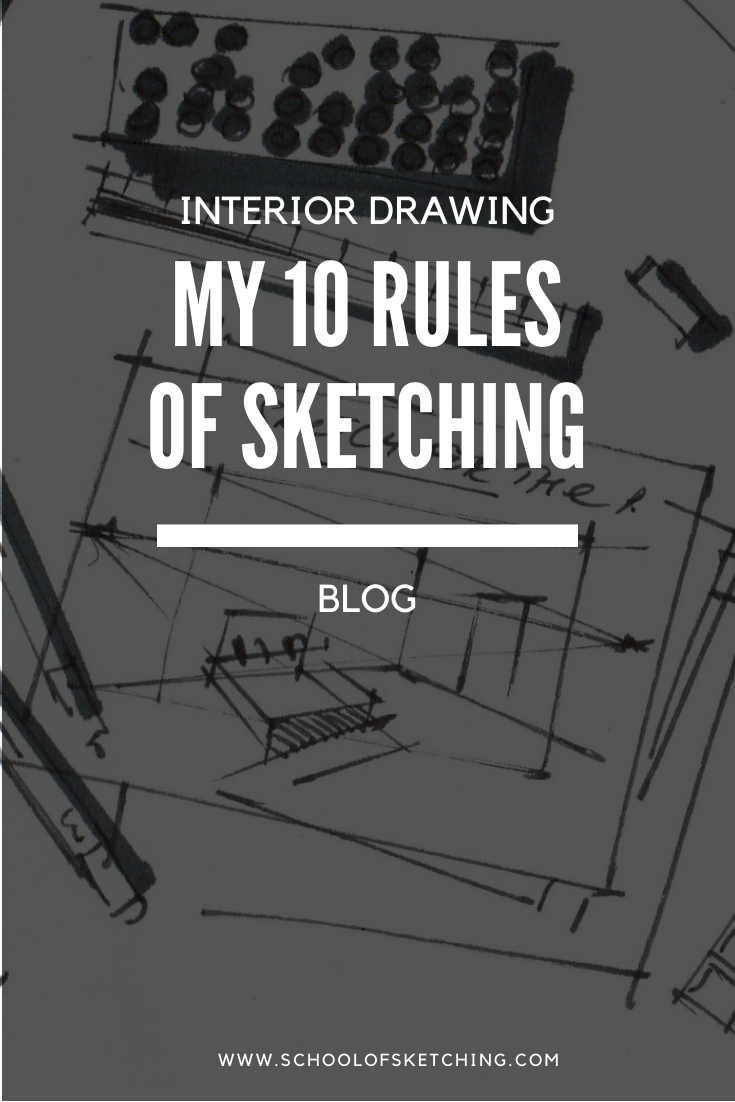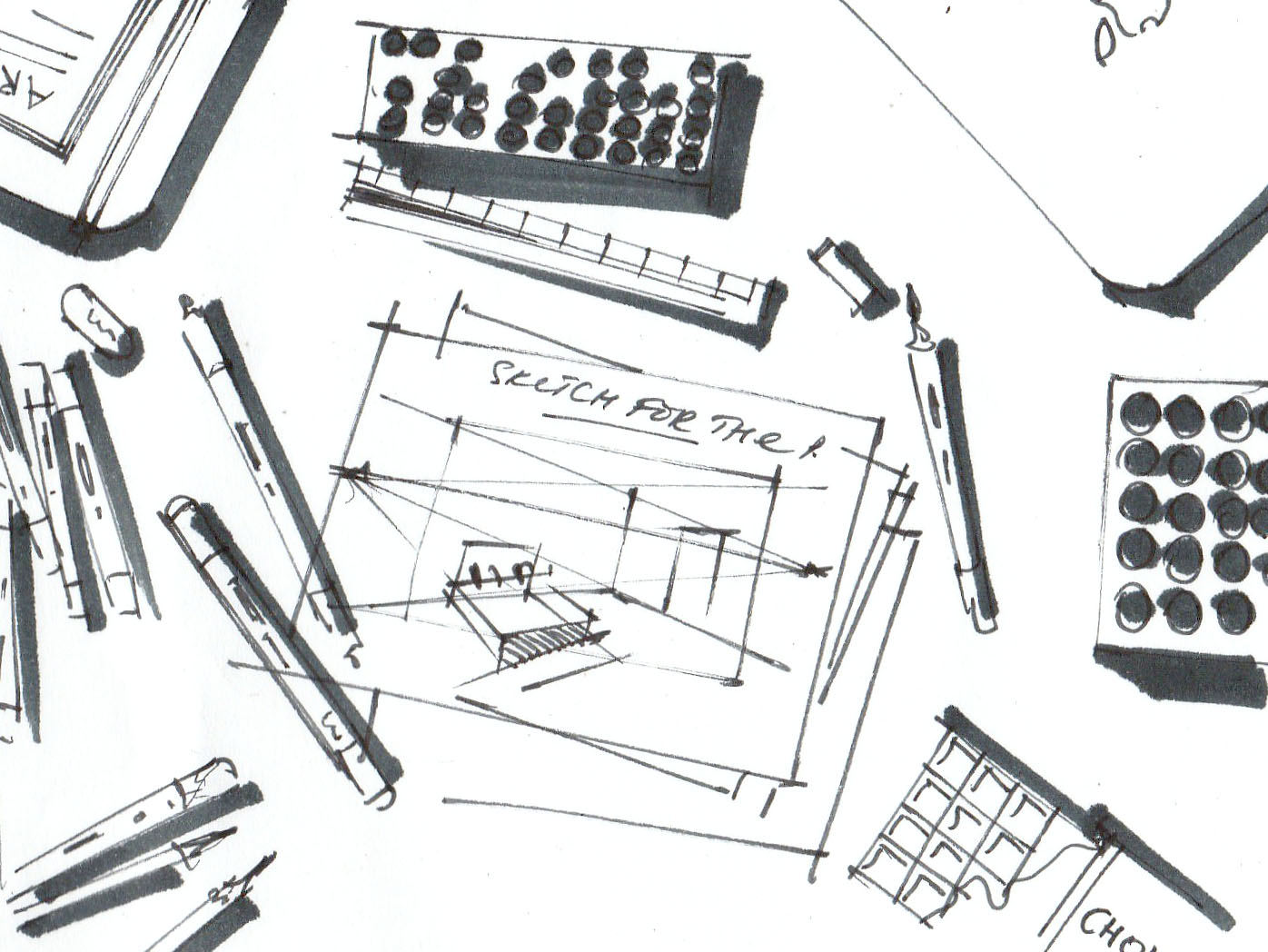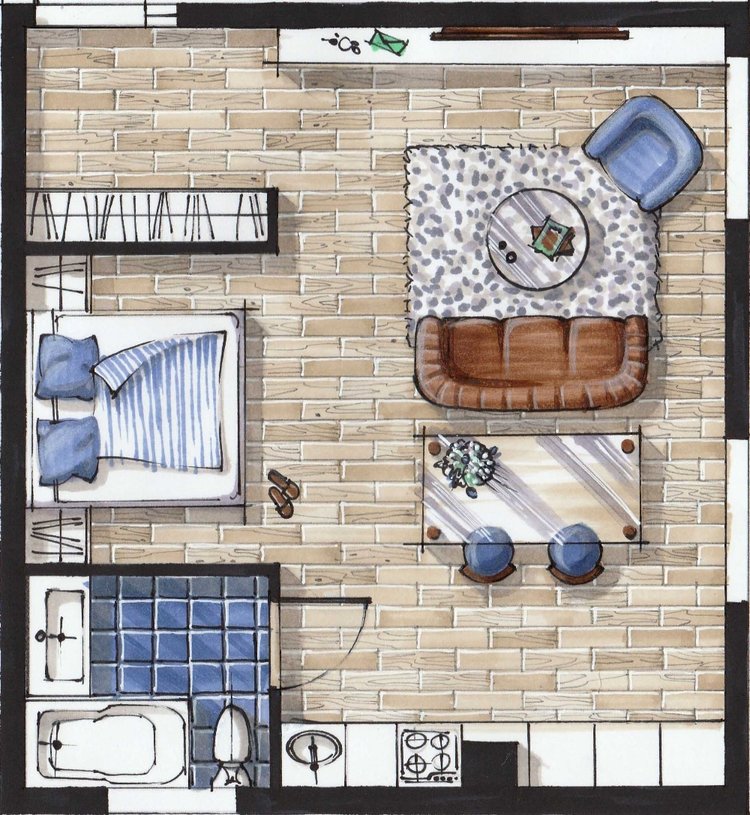Welcome to Online School of Sketching by Olga Sorokina Ltd. The website and service including (without limitation) www.olgaart888.com (the “Site”) and other all websites, mobile applications and other interactive properties through which the service is delivered (collectively, the “Services”) are owned, operated and distributed by Online School of Sketching by Olga Sorokina Ltd (referred to in this Privacy Policy as “School” or “we” and through similar words such as “us,” “our,” etc.). By accessing any part of the Services, you are agreeing to the terms and conditions described below (this “Privacy Policy”) and the terms and conditions of our terms of service (the “Terms of Service”). If you do not agree to any of these terms, you should not use the Services. This Privacy Policy applies to all users, including both users who are simply viewing content available via the Services and users who have registered as members of the School.
We may, at our sole discretion, modify this Privacy Policy at any time. Use of information we collect now is subject to the Privacy Policy in effect at the time such information is used. If we make material changes in the way we collect or use information, we will notify you by posting an announcement on the Services or sending you an email. By accessing the Services at any time after such modifications, you are agreeing to be bound by the updated policy. This Privacy Policy was last modified as of March 27, 2019.
General
Your privacy is very important to us. Accordingly, we have developed this Privacy Policy in order for you to understand how we collect, use, communicate and disclose and make use of Personal Data (as defined below). The following outlines our privacy policy.
EU Personal Data
If you are located in the European Union (“EU”), United Kingdom, Lichtenstein, Norway, or Iceland, you may have additional rights under the EU General Data Protection Regulation (the “GDPR”) with respect to your Personal Data.
Personal Data
When your register with us and become a School Member, when you choose to attend a class, we will ask you for Personal Data. “Personal Data” refers to information about you that can be used to contact or individually identify you. This includes, but is not limited to, your name, email address. Transactions on School involving your billing and payment information are processed by PayPal , credit cards and Stripe (via Teachable) and are subject to their privacy policies.
In order to send you email from School, we need your email address. To provide you with additional services, we may also request your name, general location, and telephone number. We will not give your name, email, or other Personal Data to unaffiliated third parties except with your consent or as otherwise set forth in this privacy policy. Though we employ industry standard measures to preserve user privacy, we may need to disclose Personal Data when required by law or when we have a good faith belief that such action is necessary to comply with a current judicial proceeding, a court order or legal process that we receive or to protect our interests or the safety of others. In addition, we may provide Personal Data to employees, consultants or other business or persons for the purpose of processing such information on our behalf. In such circumstances, we require that these parties agree to protect the confidentiality of such information and to comply with the terms of this Privacy Policy. We may use your Personal Data to operate, improve, understand and personalize our Services.
Voluntary Disclosure
Any Personal Data or content that you voluntarily disclose in public areas becomes publicly available and can be collected and used by other users for any reason. Your profile pages (“Profile”) and any online classrooms you participate in are typically publicly available. You have the ability to change your account settings to limit access to your profile, and may delete content you post to public classrooms. You should exercise caution before disclosing your Personal Data via these or any other public venues.
For example, if you choose to sign up for a School account, you may have a Profile on the site, containing your full name and some basic information including your location and bio. You may also add additional optional information to your Profile. You may control what type of Profile information is shown to others through your Account Settings. Any information you choose to provide as part of your Profile should reflect how much you want other School users to know about you. We recommend that you guard your anonymity and sensitive information and we encourage members to think carefully about what information about themselves they disclose in their profile pages. You can review and revise your profile information at any time.
Children’s Privacy
As noted in our Terms of Service, we do not knowingly collect or solicit Personal Data from anyone under the age of 16. If you are under 16, please do not attempt to register for the Services or send any Personal Data about yourself to us. If we learn that we have collected Personal Data from a child under age 16, we will delete that information as quickly as possible. If you believe that a child under 16 may have provided us Personal Data, please contact us at olgaart888@gmail.com.
Information About Cookies
We use your IP address to help diagnose problems with our server, to administer our Services, and to analyze traffic patterns on the Services. The Services also use cookies and similar technologies (collectively, “Cookies”) to enable our servers to recognize your web browser and tell us how and when you visit and use our Site and Services, to analyze trends, learn about our user base and operate and improve our Services. Cookies are small files – usually consisting of letters and numbers – placed on your computer, tablet, phone, or similar device when you use that device to visit our Site. We sometimes combine information collected through Cookies that is not Personal Data with Personal Data that we have about you, for example, to tell us who you are or whether you have an account with us. We may also supplement the information we collect from you with information received from third parties.
Some Cookies are placed by a third party on your device and may provide information to us and third parties about your browsing habits (such as your visits to our Site or Services, the pages you have visited and the links and advertisements you have clicked).
Other Sites
The Services may contain links to other websites or services. We are not responsible for the privacy practices or the content of such websites or services, and you should review the privacy policy of each such website or service to make sure that you are comfortable with it before providing any Personal Data.
Business Transfers
In the event that we are acquired by or merged with a third party entity, we reserve the right to transfer or assign the information we have collected from users, including without limitation Personal Data, as part of such merger, acquisition, sale, or other change of control. In the unlikely event of our bankruptcy, insolvency, reorganization, receivership, or assignment for the benefit of creditors, or the application of laws or equitable principles affecting creditors' rights generally, we may not be able to control how your Personal Data is treated, transferred, or used.
Transfers to the United States
The Services are hosted in the United States. If you are accessing the Services from the European Union or from any other region with laws or regulations governing personal data collection, use, and disclosure that differ from United States laws, please be advised that through your continued use of the Services, which is governed by United States law, this Privacy Policy, and our Terms of Service, you are transferring your Personal Data to the United States and you consent to that transfer.
EU Privacy Notice
If you are located in the European Union (“EU”), United Kingdom, Lichtenstein, Norway, or Iceland, you may have additional rights under the EU General Data Protection Regulation (the “GDPR”) with respect to your Personal Data, as outlined below.
For this EU Privacy Notice section, we use the terms “Personal Data” and “processing” as they are defined in the GDPR, but, in addition to the information identified in the Privacy Policy as Personal Data above, “Personal Data” generally means information that can be used to individually identify a person, and “processing” generally covers actions that can be performed in connection with data such as collection, use, storage and disclosure. School will be the controller of your Personal Data processed in connection with the Services.
If there are any conflicts between this section and any other provision of this Privacy Policy, the policy or portion that is more protective of Personal Data shall control to the extent of such conflict. If you have any questions about this section or whether any of the following applies to you, please contact us at olgaart888@gmail.com
Information we collect directly from you: We receive Personal Data directly from you when you provide us with such Personal Data, including without limitation the following:
Information we receive from third party sources: Some third parties such as our business partners and service providers provide us with Personal Data about you, such as the following:
Account information for third party services: If you interact with a third party service when using our Services, such as if you use a third party service to log-in to our Services (e.g., Facebook Connect), or if you share content from our Services through a third party social media service, the third party service will send us information about you, such as information from your public profile, if the third party service and your account settings allow such sharing. The information we receive will depend on the policies and your account settings with the third party service.
Information we automatically collect when you use our Services: Some Personal Data is automatically collected when you use our Services, such as the following:
IP address
Your activity on the Services. This includes class usage information such as class enrollment and which classes you’ve watched. It also includes community interaction data, such as which members you’re following, your comments.
Device identifiers
Web browser information
Page view statistics
Browsing history
Transaction information (e.g. transaction amount, date and time such transaction occurred)
Cookies and other tracking technologies
Location information (e.g. IP address)
Log data (e.g. access times, hardware and software information)
How Do We Use Your Personal Data? We process Personal Data to operate, improve, understand and personalize our Services. For example, we use Personal Data to:
Create and manage user accounts and profiles
Personalize content on the Services. This includes showing users their saved classes and class watch history, and providing class recommendations.
Communicate with you about the Services
Contact you with announcements, updates or offers regarding the Services
Process orders
Provide support and assistance for the Services
Analyze and improve the Services
Meet contract or legal obligations
Respond and fulfill user inquiries and requests
Resolve disputes
Protect against or deter fraudulent, illegal or harmful actions
Enforce our Terms of Service
Contractual Necessity: We process the following categories of Personal Data as a matter of “contractual necessity”, meaning that we need to process the data to perform under our Terms of Service with you, which enables us to provide you with the Services. When we process data due to contractual necessity, failure to provide such Personal Data will result in your inability to use some or all portions of the Services that require such data.
First and last name
Email address
Password
Legitimate Interest: We process the following categories of Personal Data when we believe it furthers the legitimate interest of us or third parties.
Examples of these legitimate interests include:
Operation and improvement of our business, products and services
Personalization of web content on the Service
Analyzing the use of the Services
Marketing of our products and services
Provision of customer support
Protection from fraud or security threats
Compliance with legal obligations
Completion of corporate transactions
Consent: In some cases, we process Personal Data based on the consent you expressly grant to us at the time we collect such data. When we process Personal Data based on your consent, it will be expressly indicated to you at the point and time of collection.
Other Processing Grounds: From time to time we may also need to process Personal Data to comply with a legal obligation, if it is necessary to protect the vital interests of you or other data subjects, or if it is necessary for a task carried out in the public interest.
How and With Whom Do We Share Your Data? We share Personal Data with vendors, third party service providers and agents who work on our behalf and provide us with services related to the purposes described in this Privacy Policy or our Terms of Service. These parties include:
Payment processors
Fraud prevention service providers
Ad networks and marketing tools
Analytics service providers
Engineering and development tools
Staff augmentation and contract personnel
Hosting service providers
We also share Personal Data when necessary to complete a transaction initiated or authorized by you or provide you with a product or service you have requested. In addition to those set forth above, these parties also include:
Other users (where you post information publicly or as otherwise necessary to effect a transaction initiated or authorized by you through the Services), such as when users and Teachers interact through the Services
Social media services (if you interact with them through your use of the Services)
Third party business partners who you access through the Services
We also share Personal Data when we believe it is necessary to:
Comply with applicable law or respond to valid legal process, including from law enforcement or other government agencies
Protect us, our business or our users, for example to enforce our terms of service, prevent spam or other unwanted communications and investigate or protect against fraud
Maintain the security of our products and services
What If You Have Questions Regarding Your Personal Data? If you have any questions about this EU Privacy Notice or our data practices generally, please contact us using the following information:
Email address for contact:
olgaart888@gmail.com
